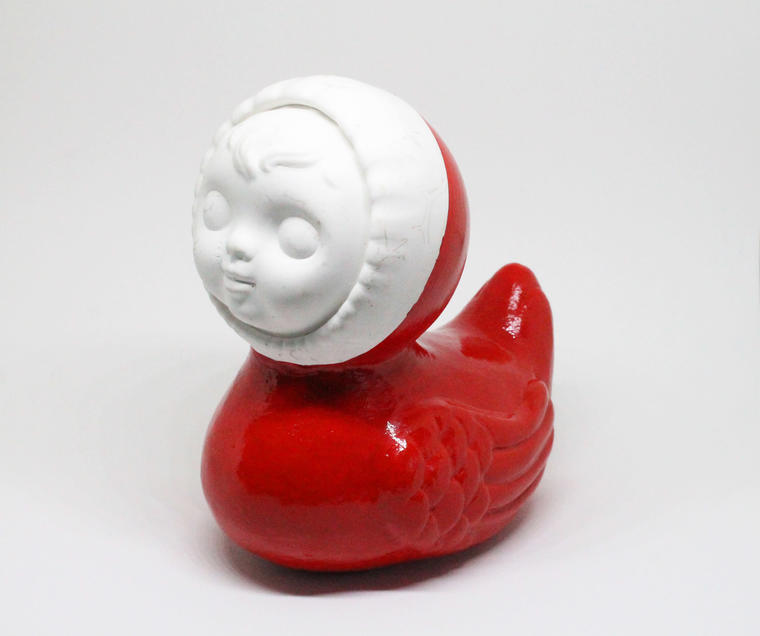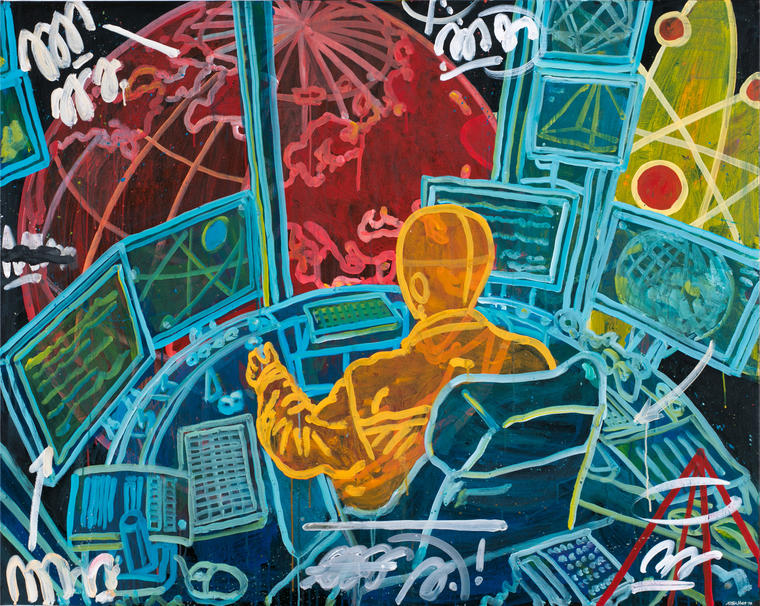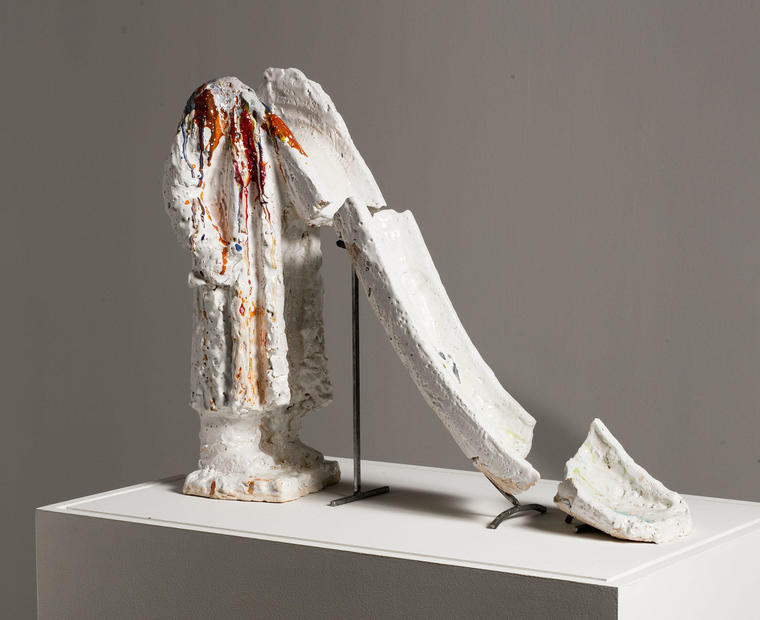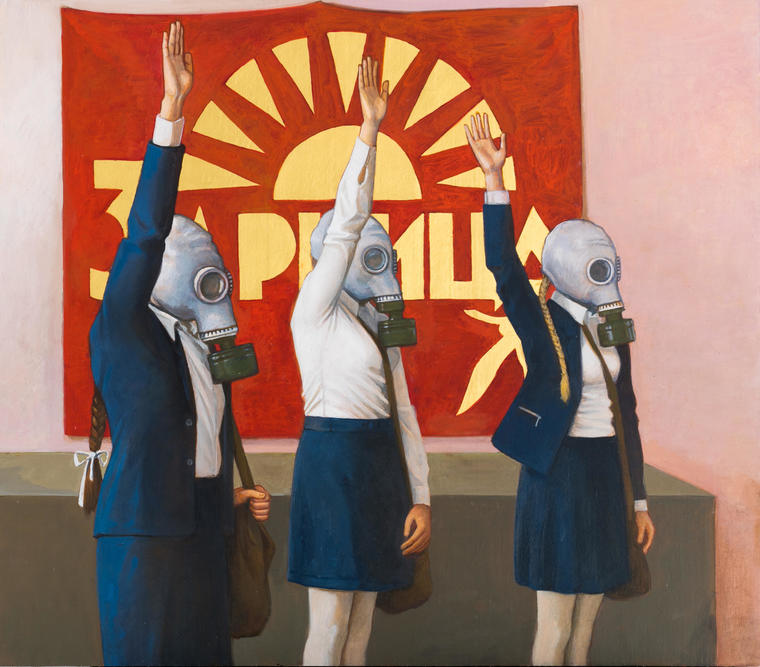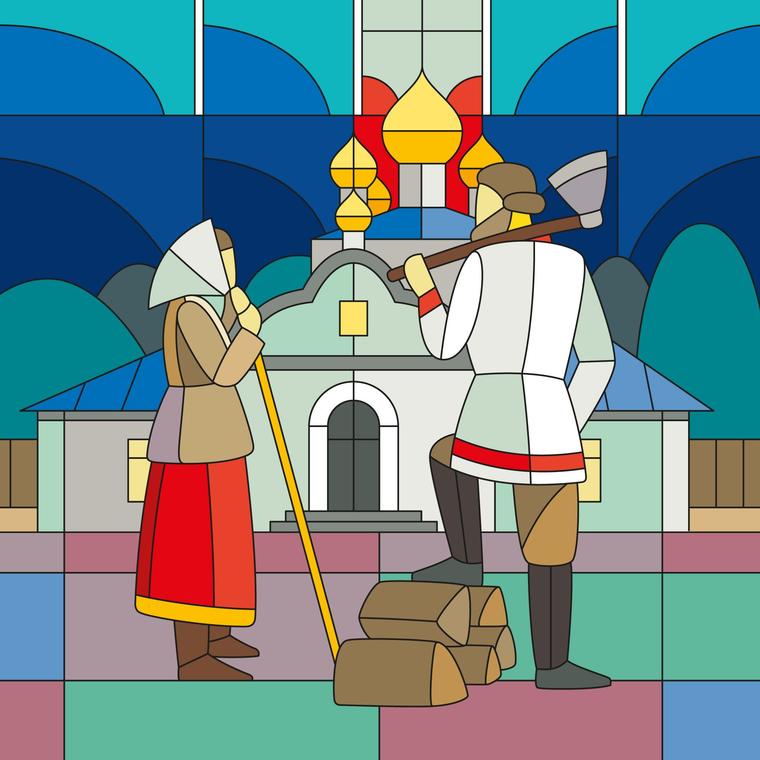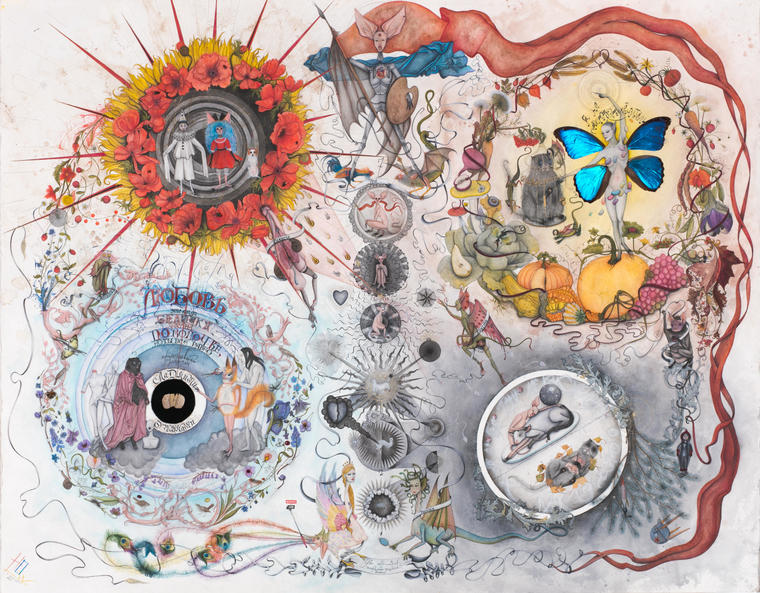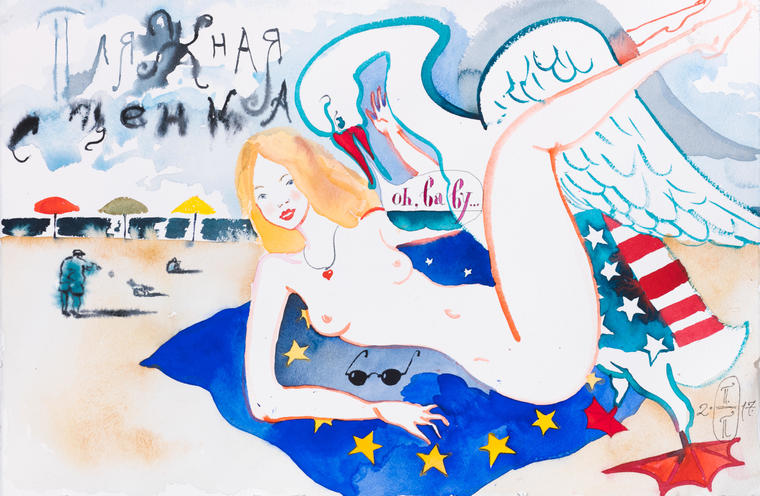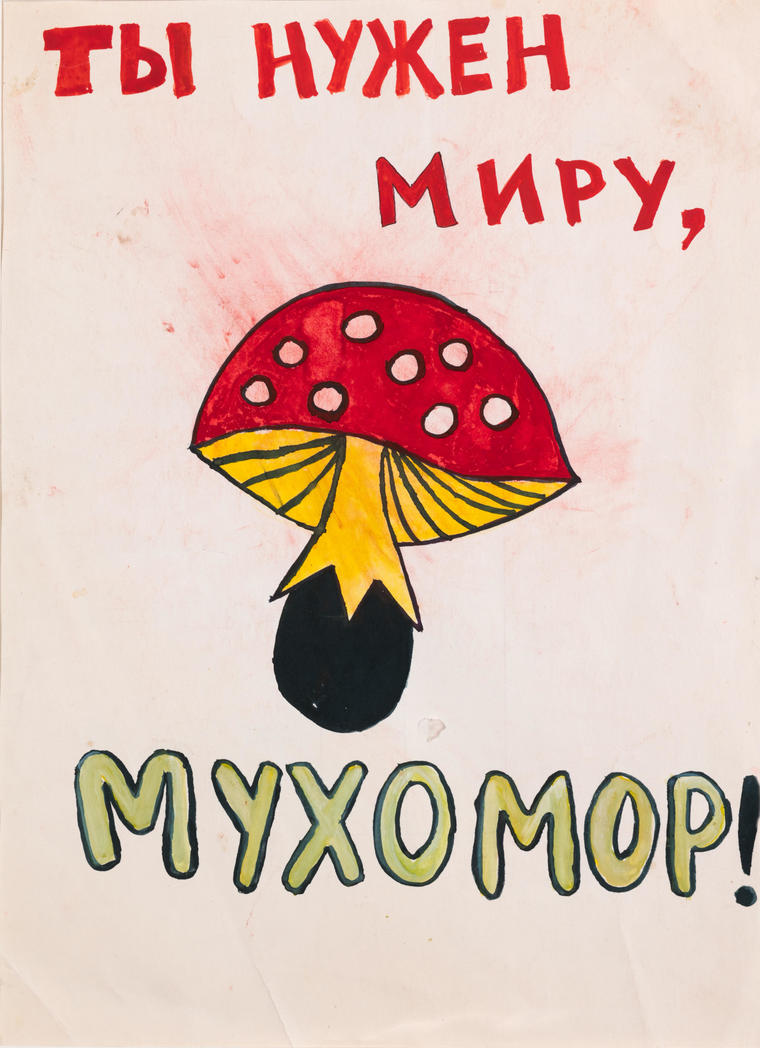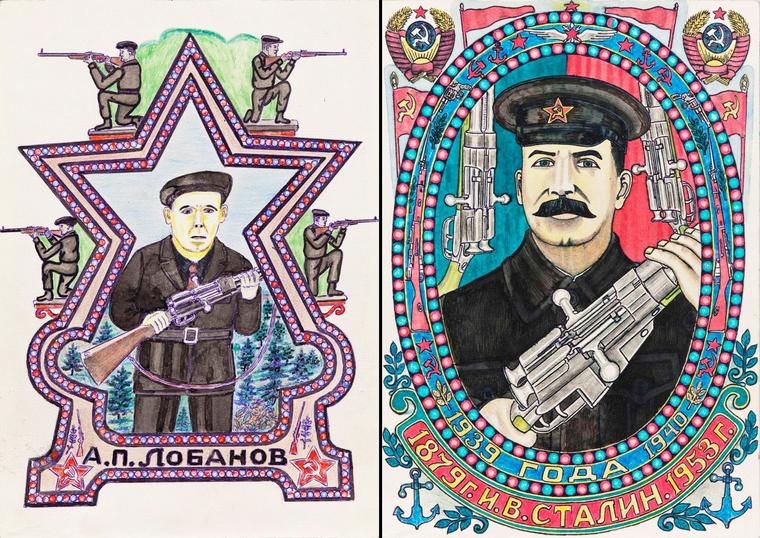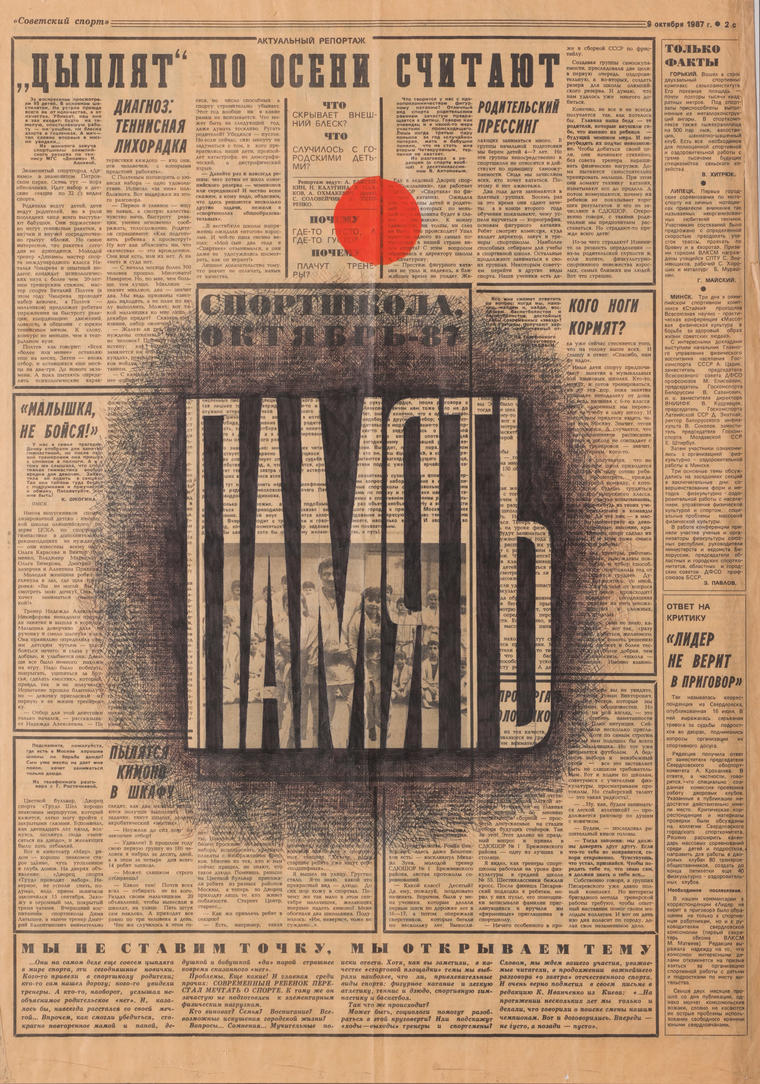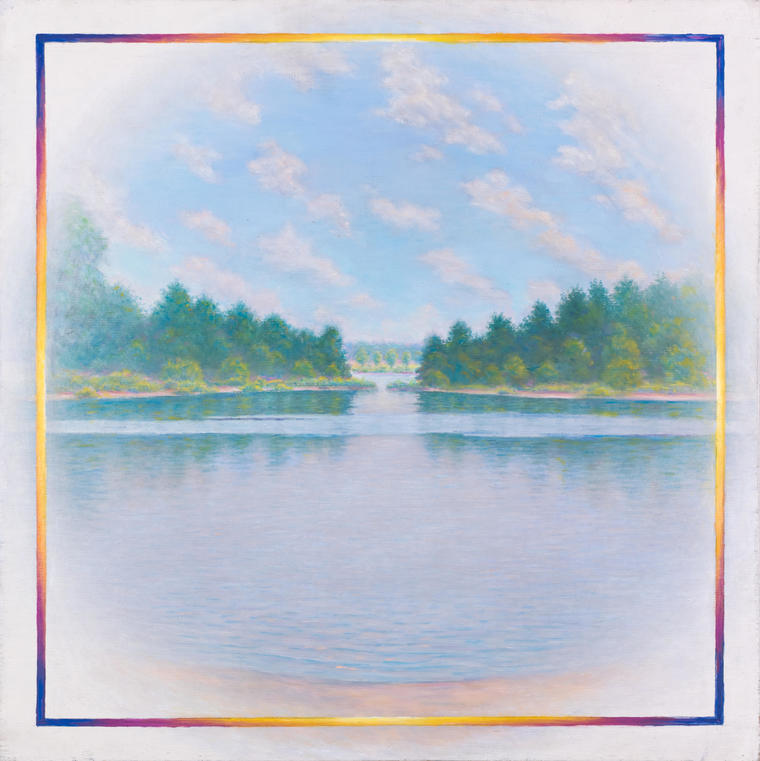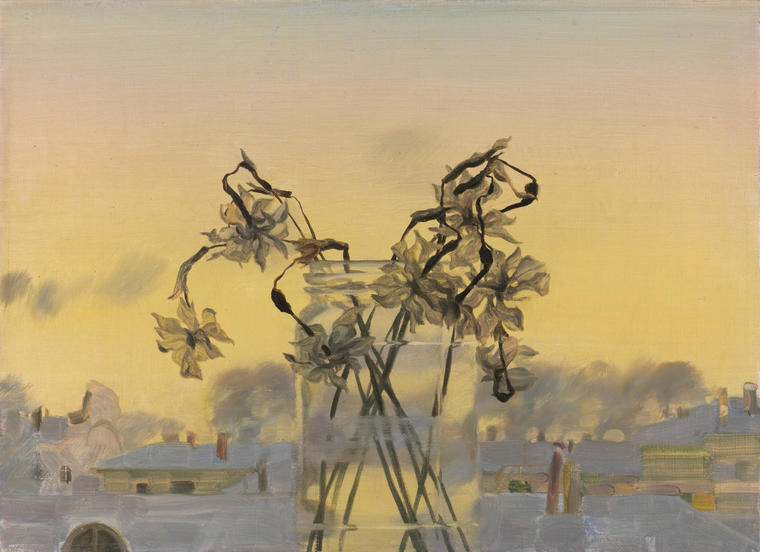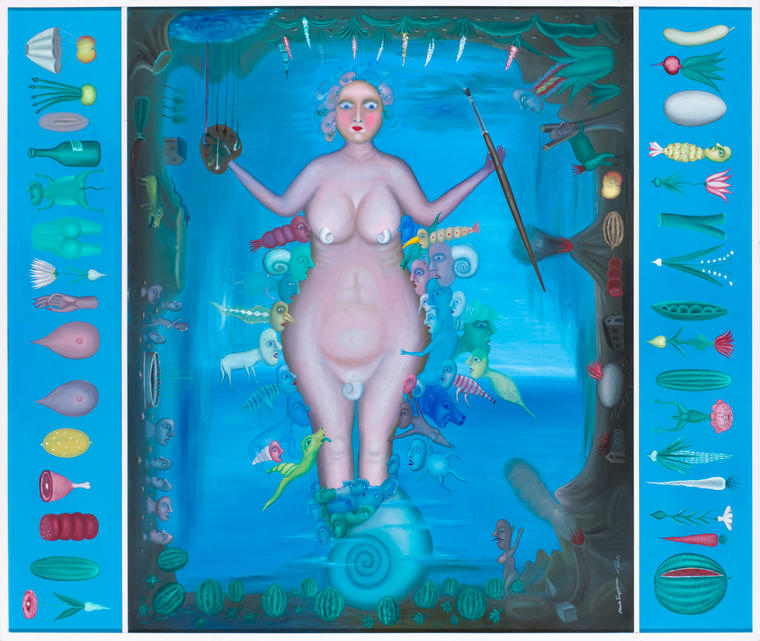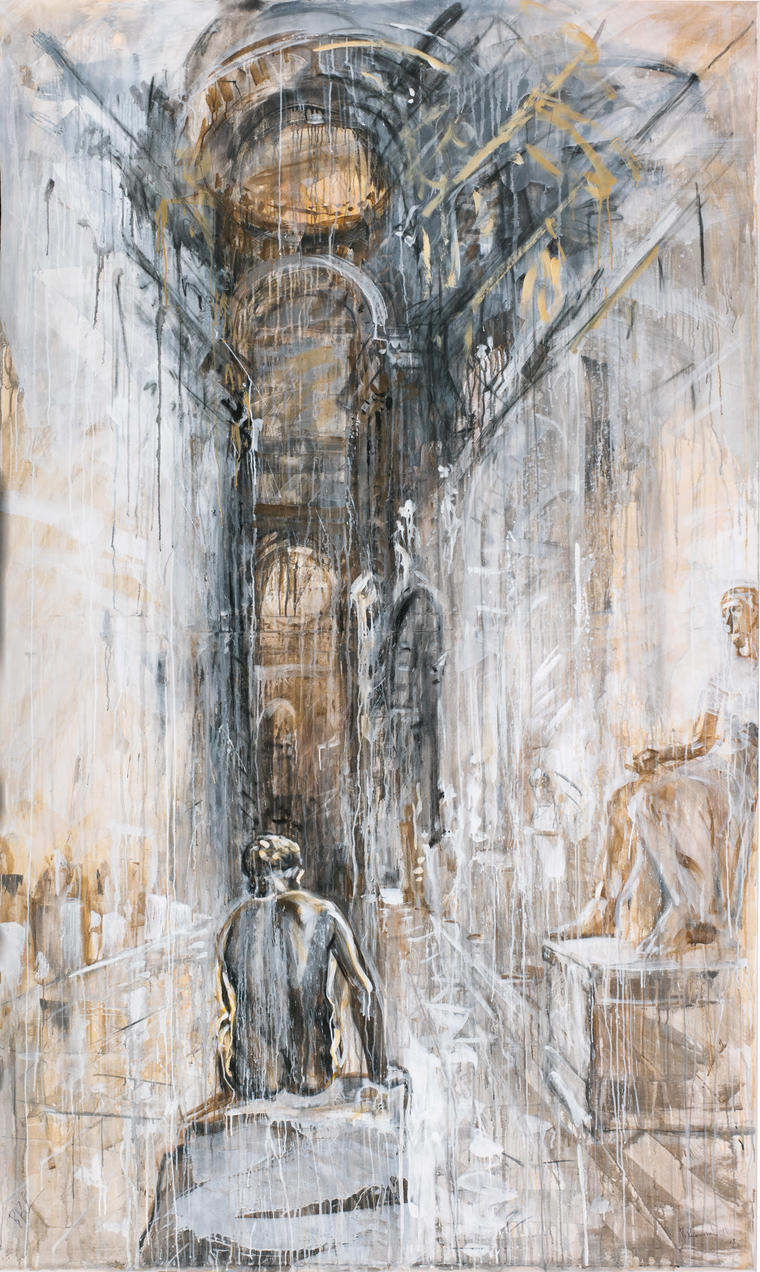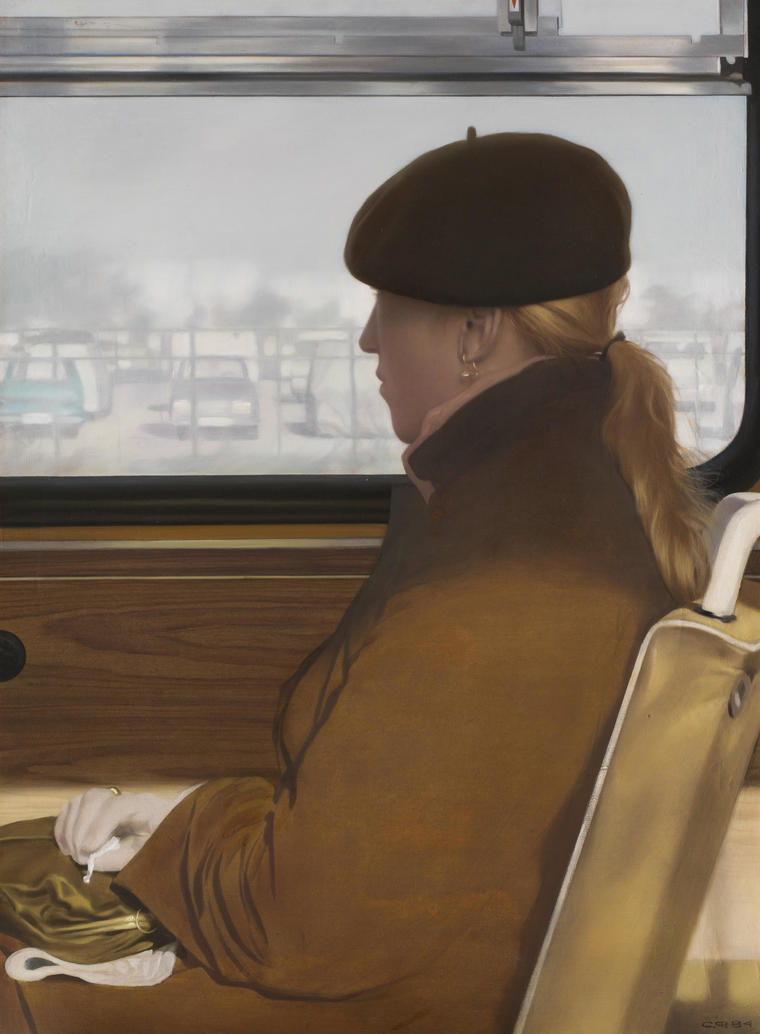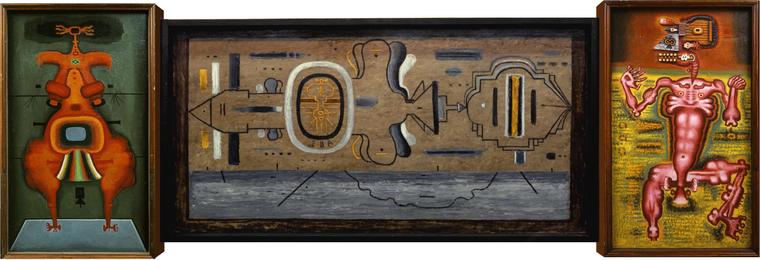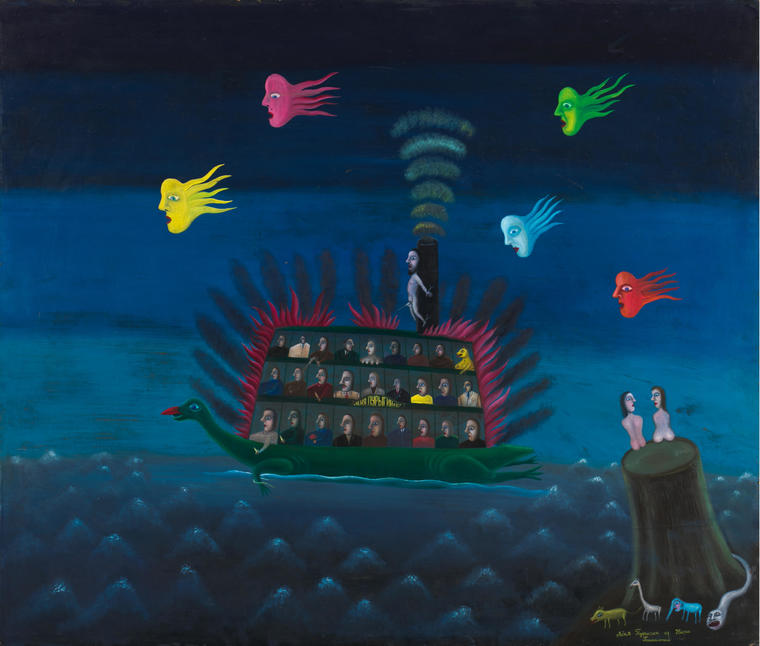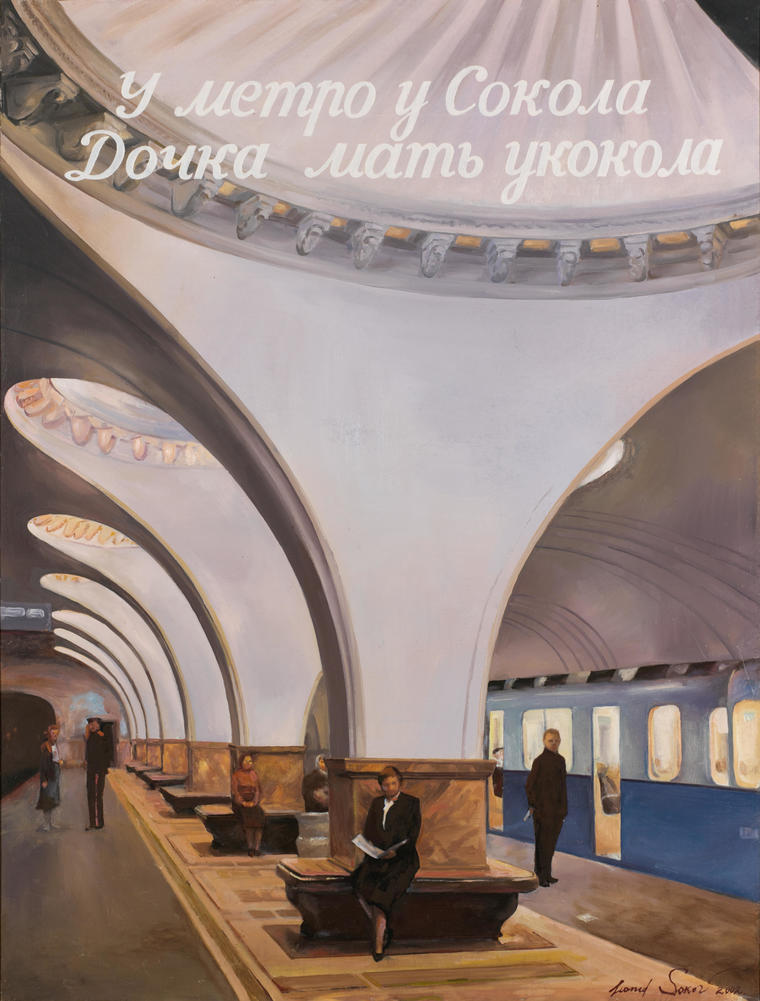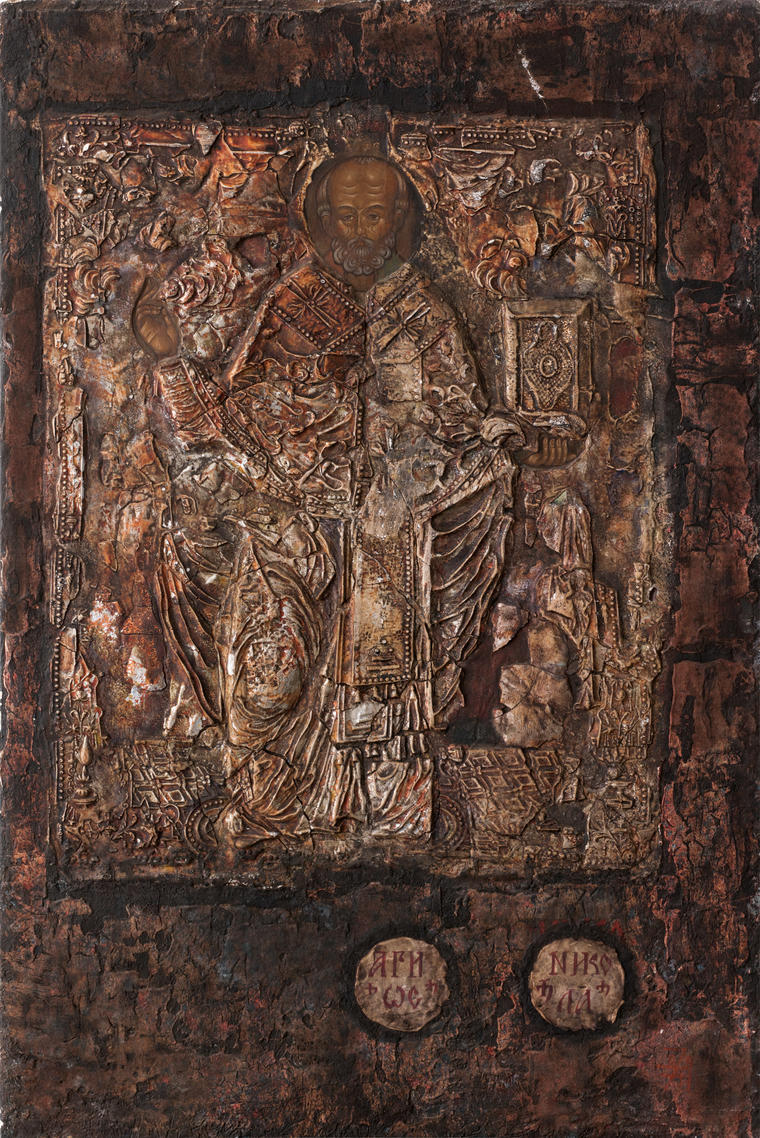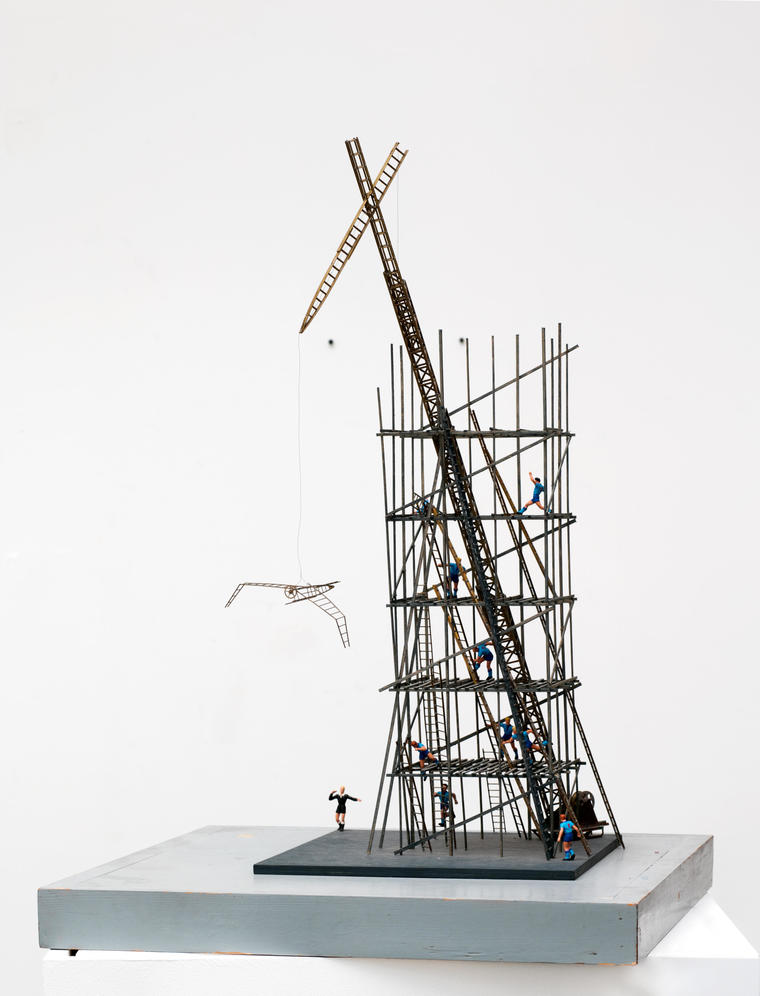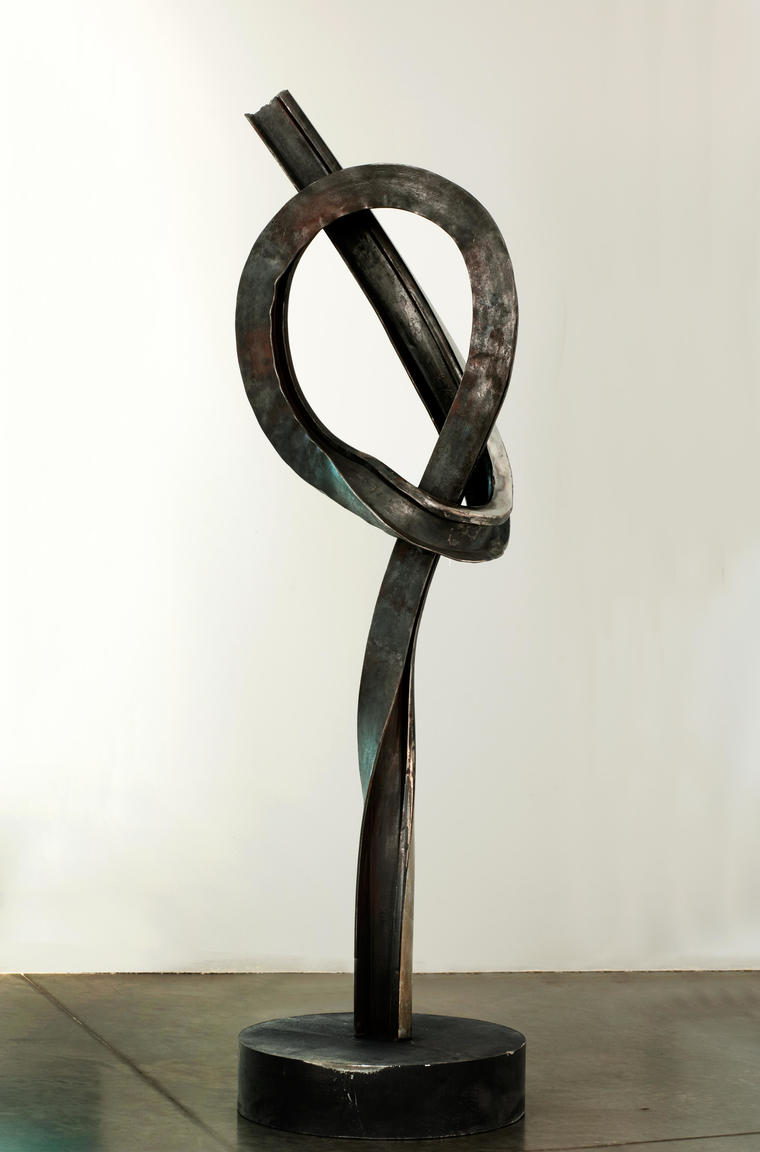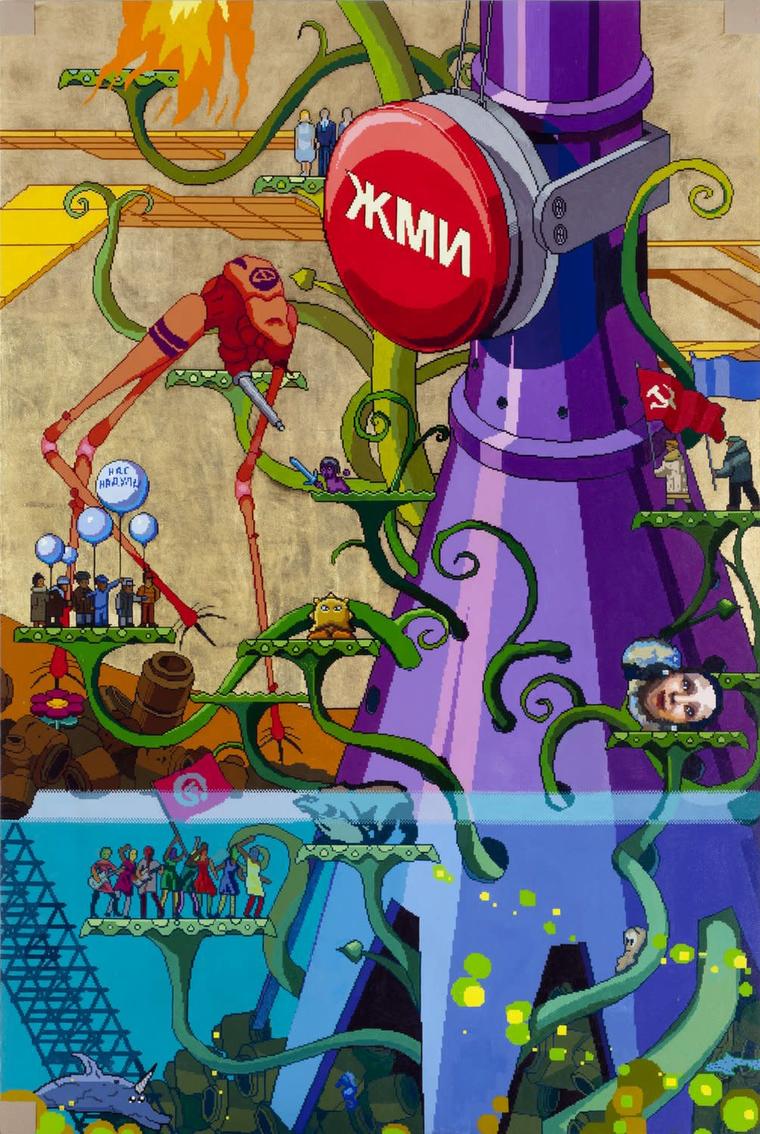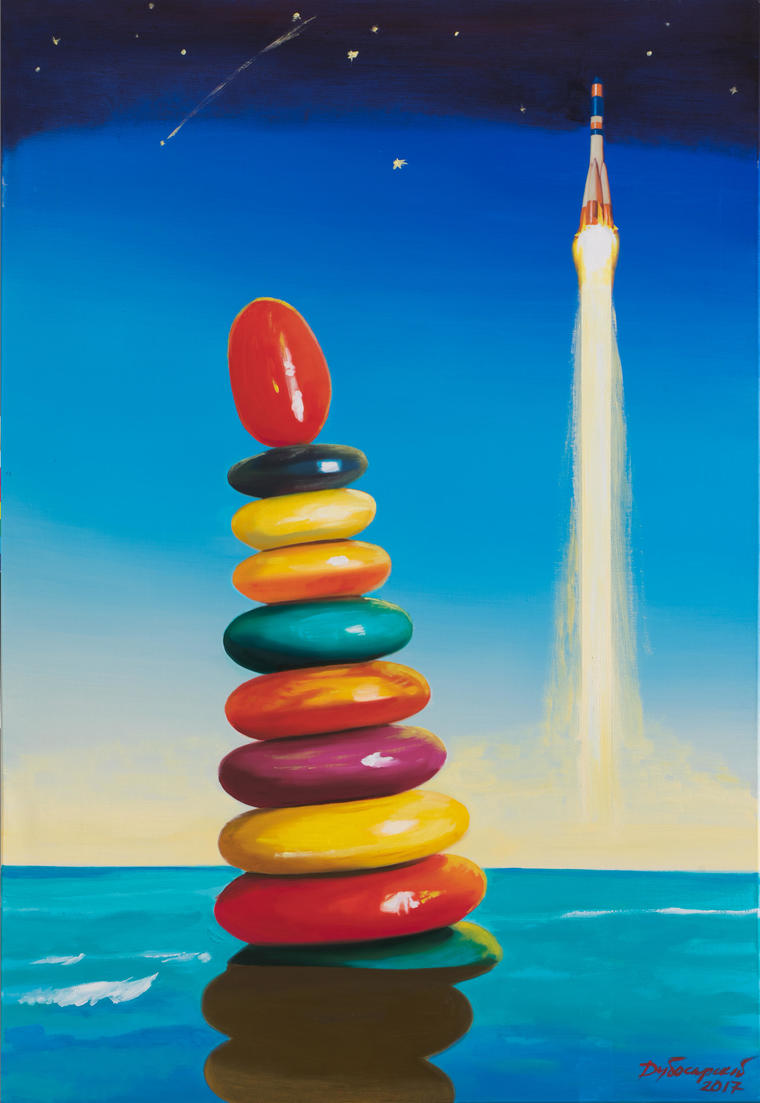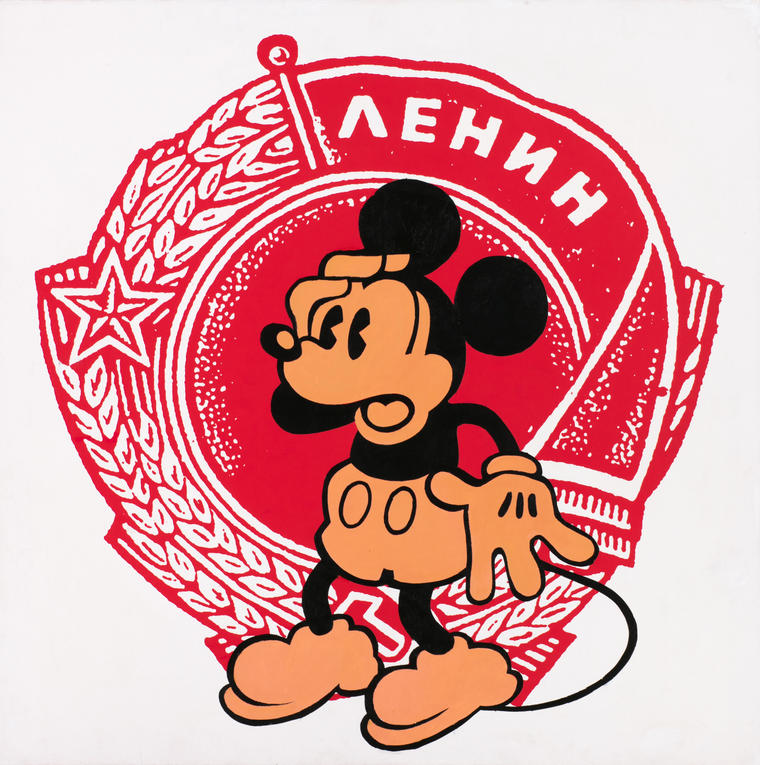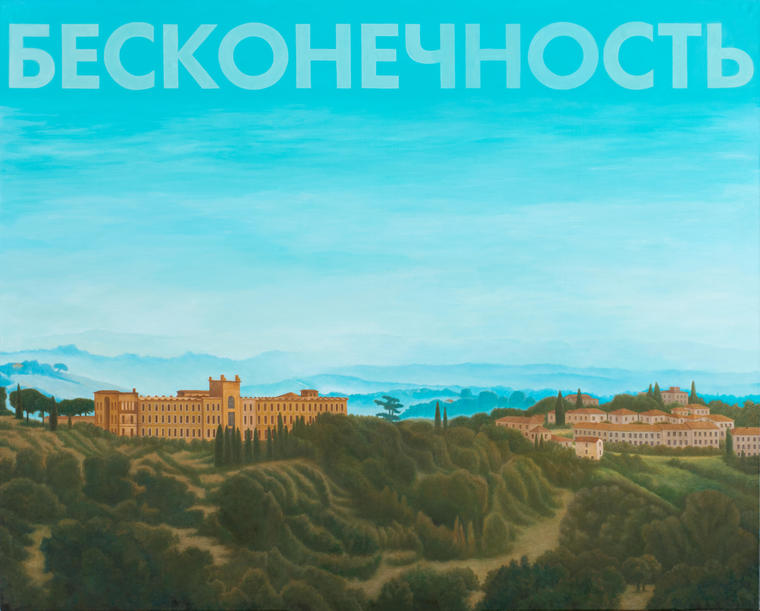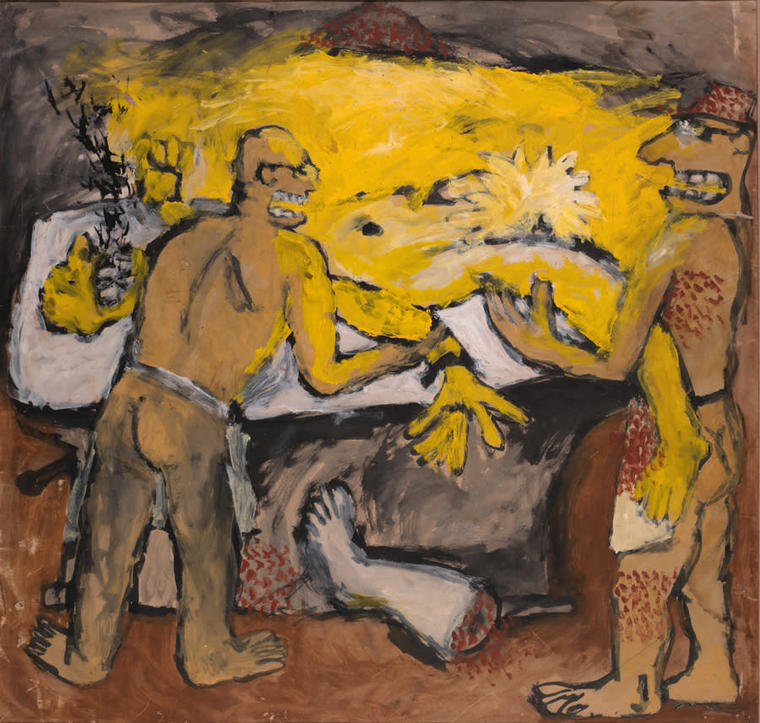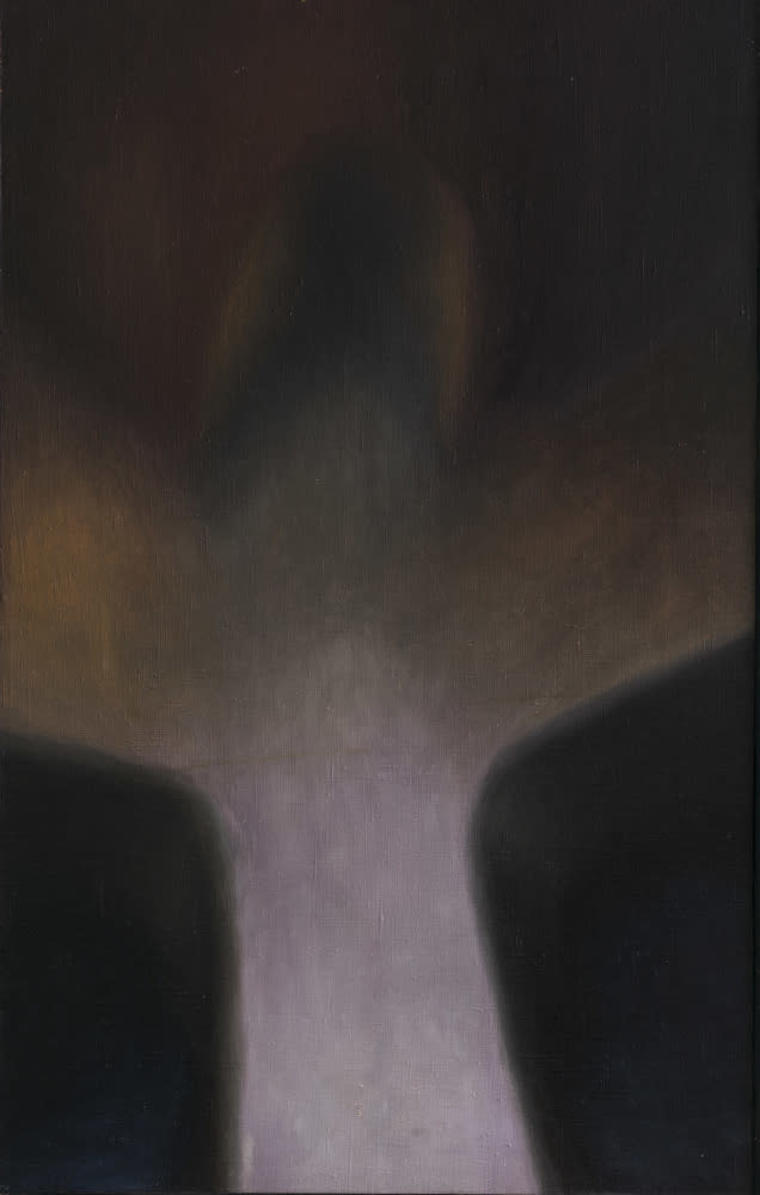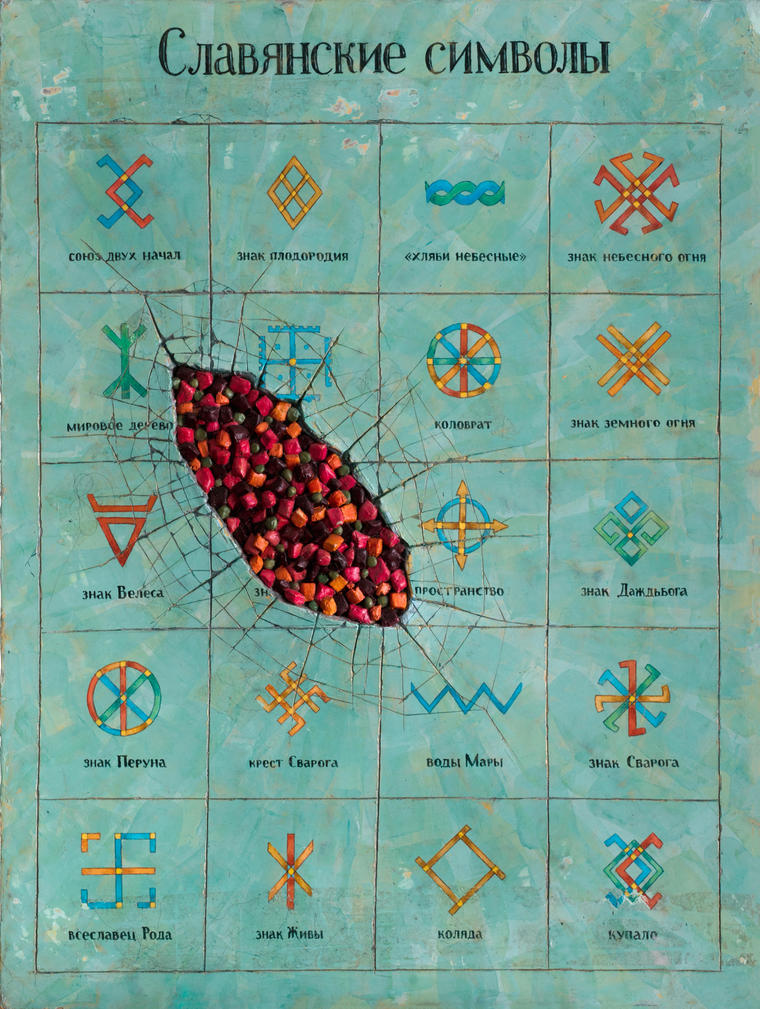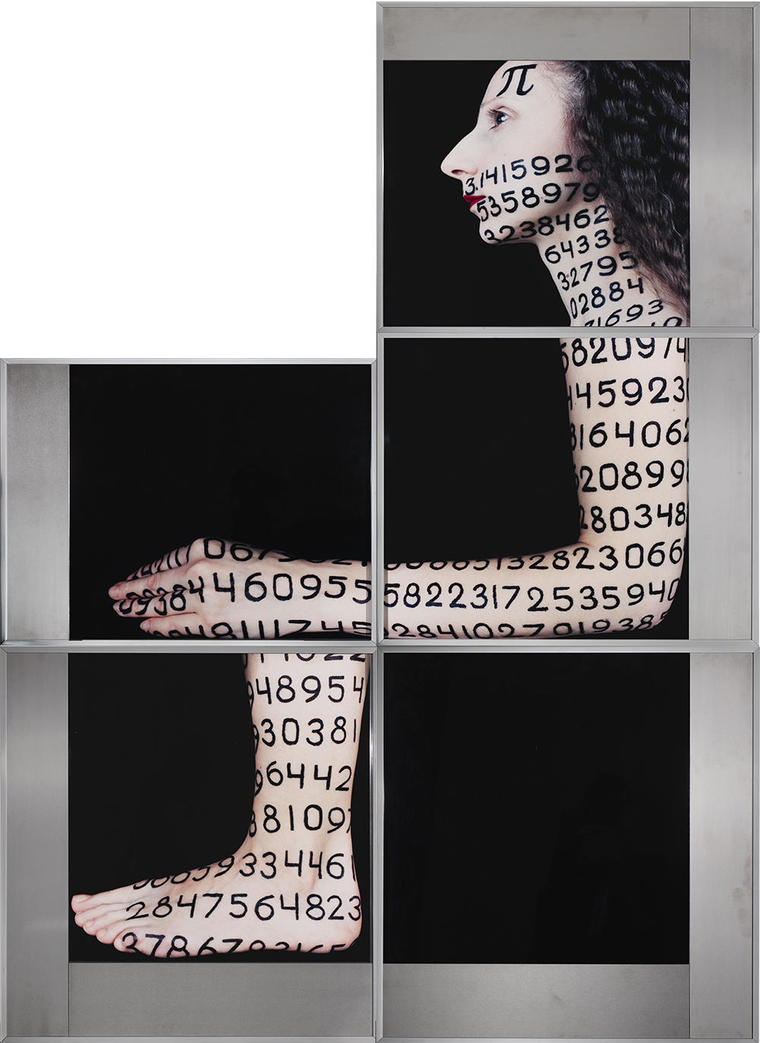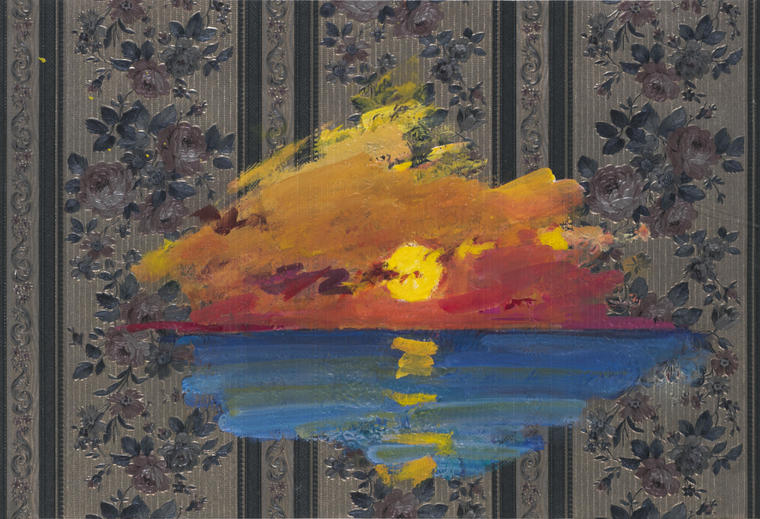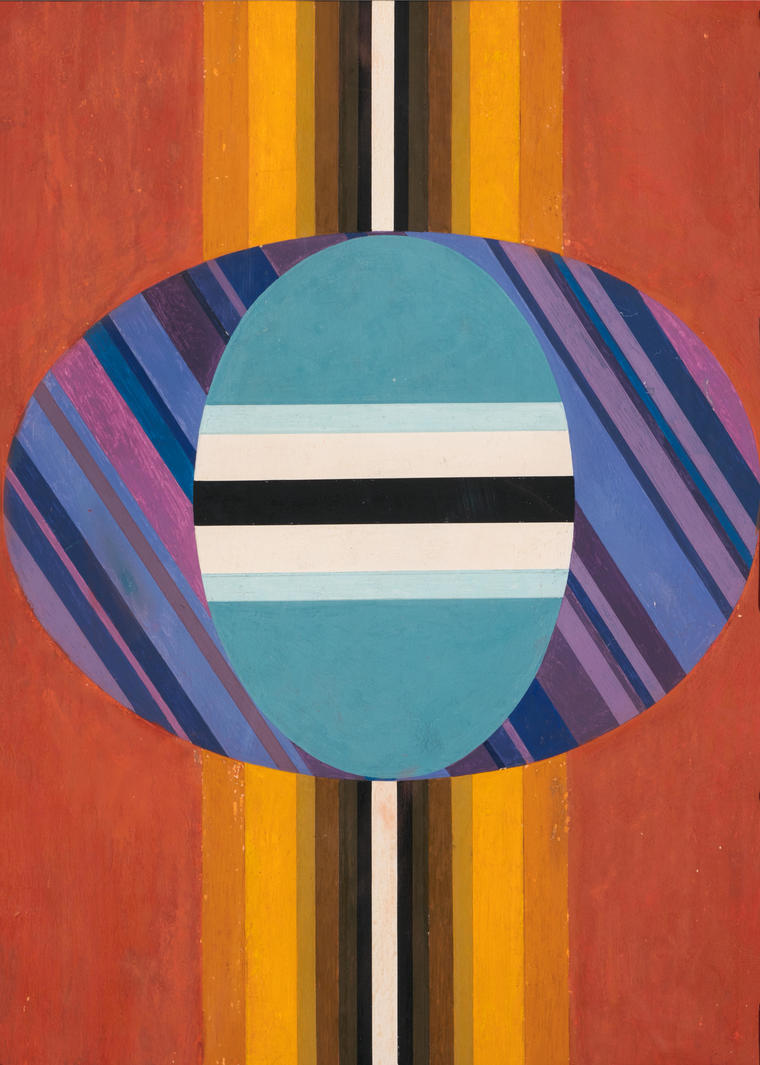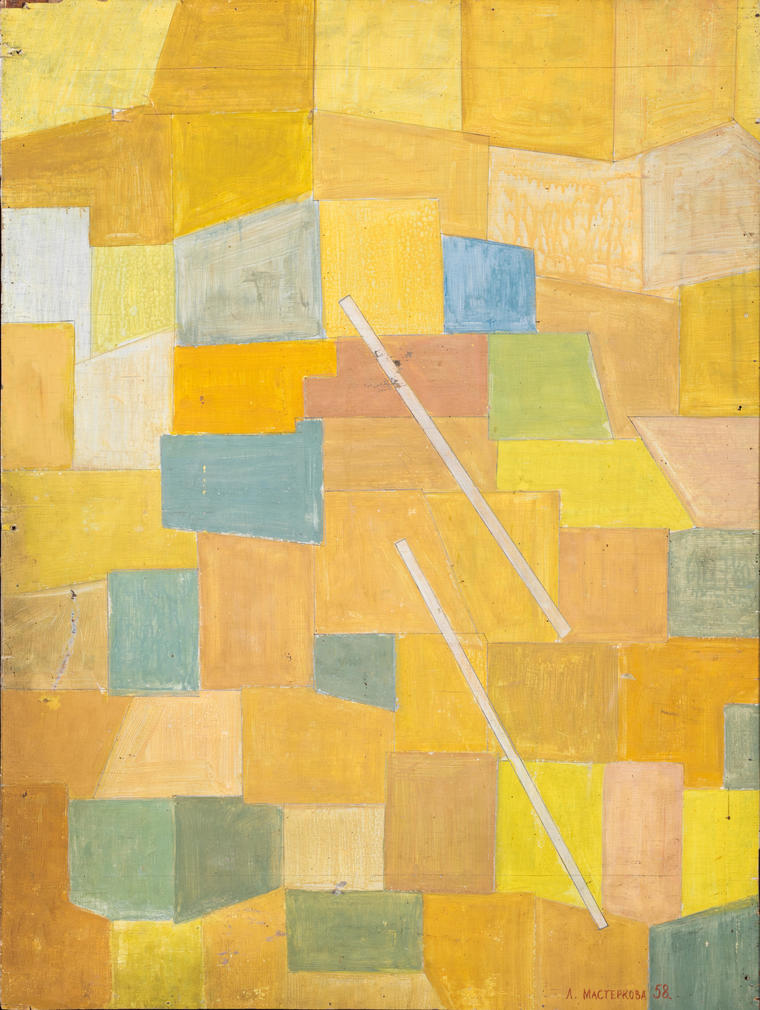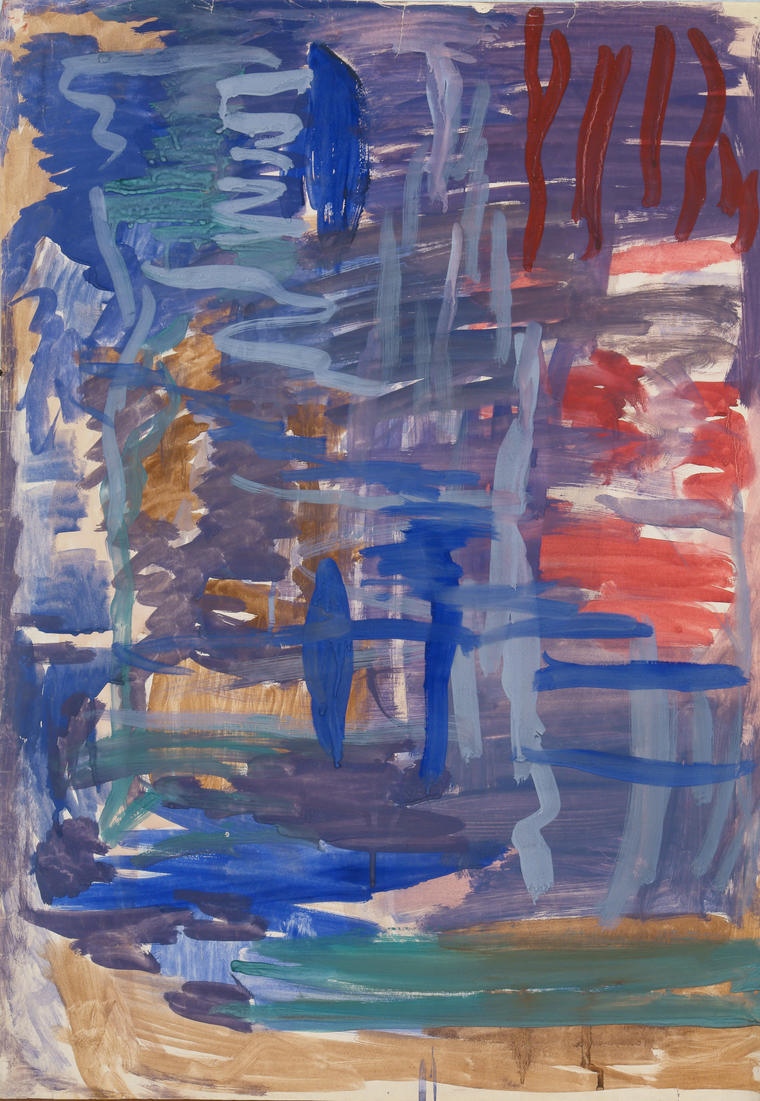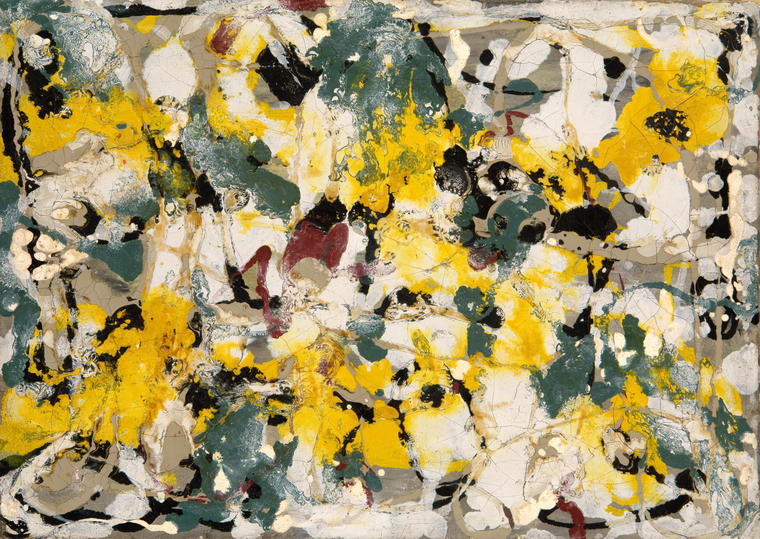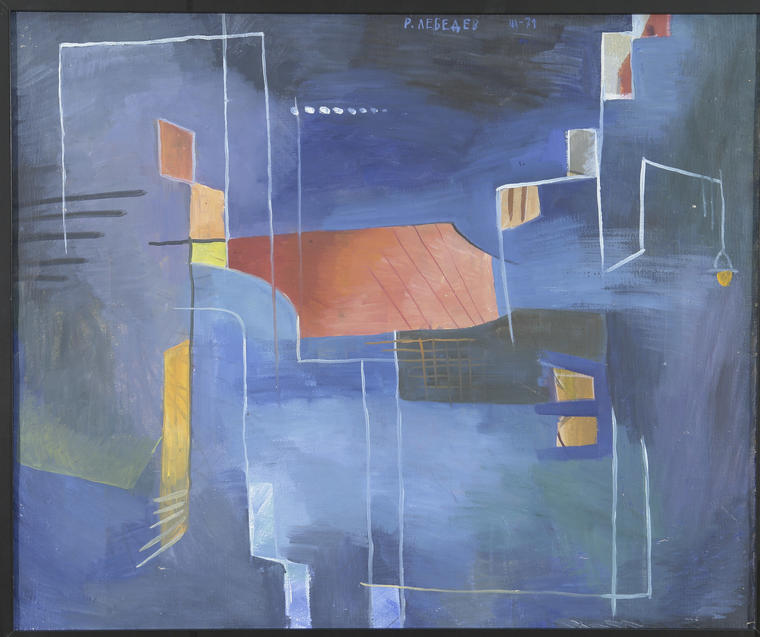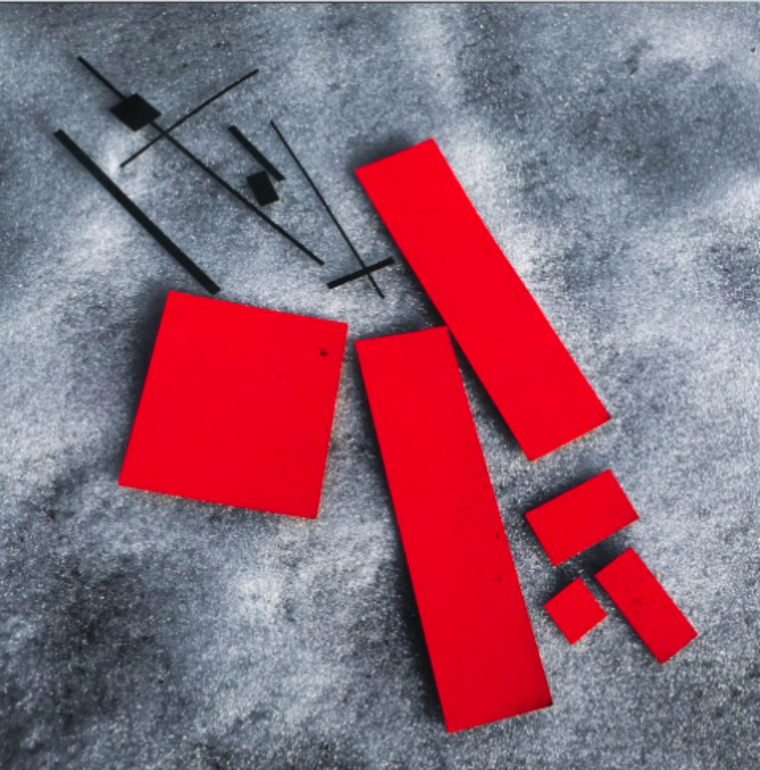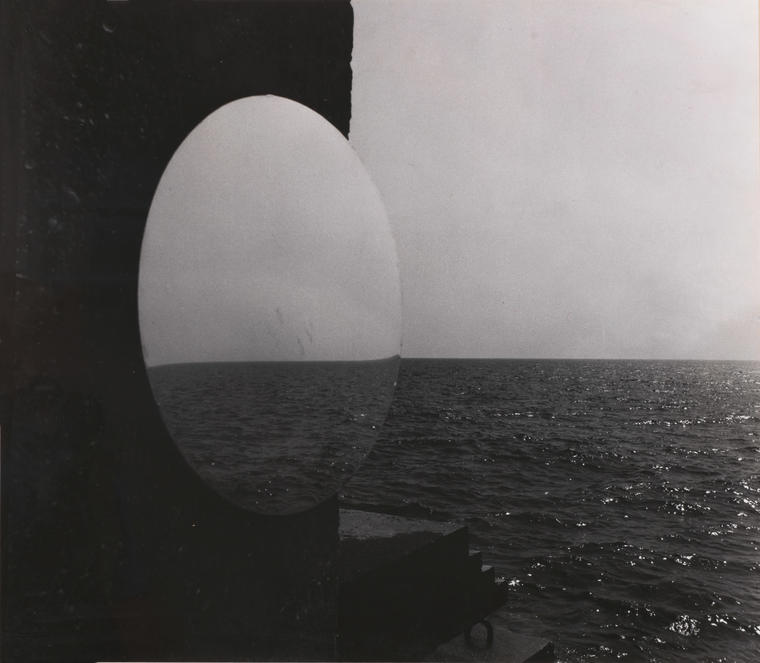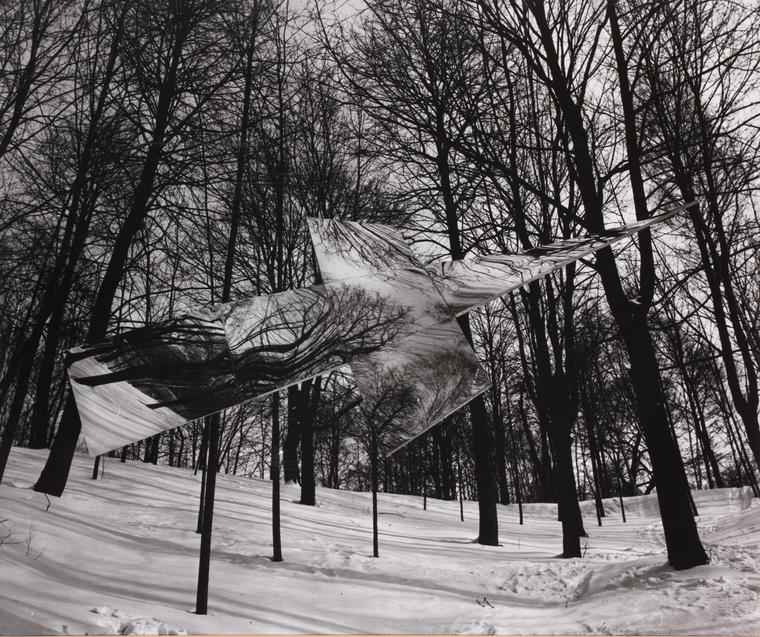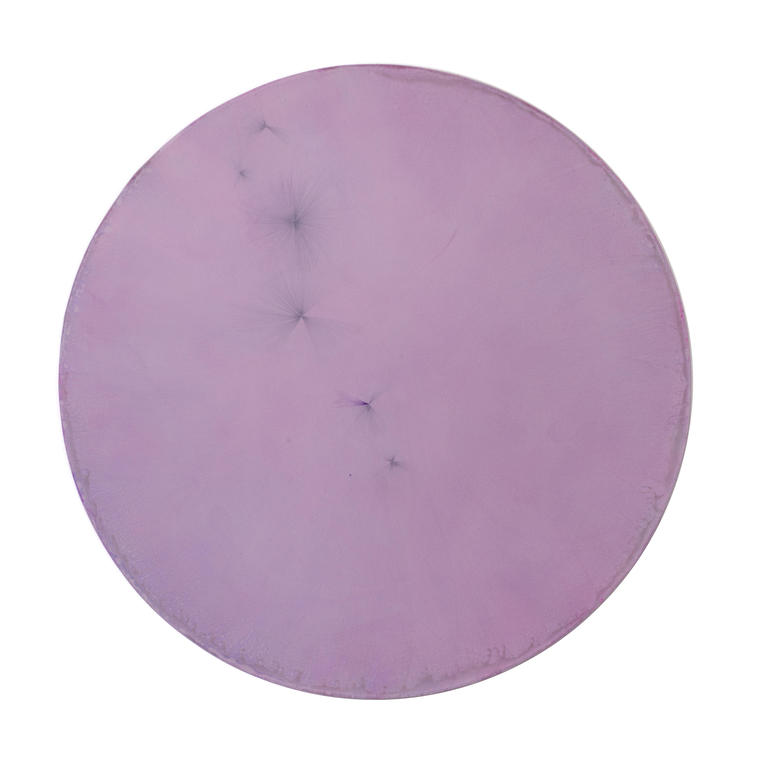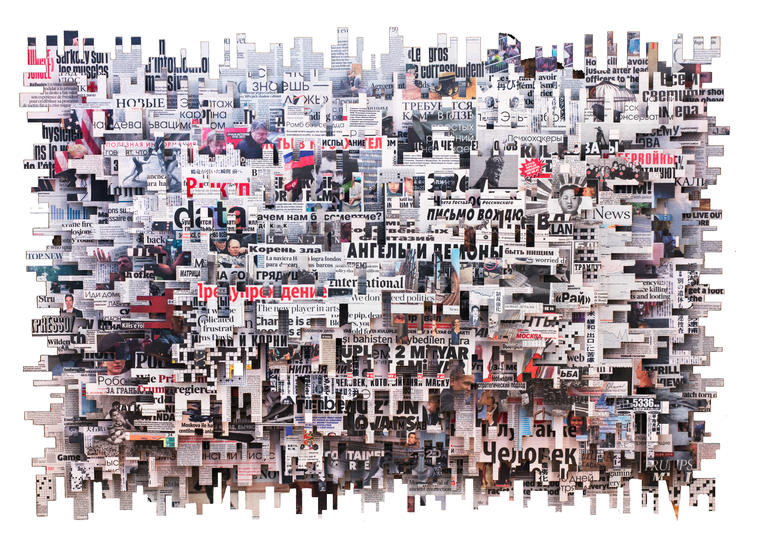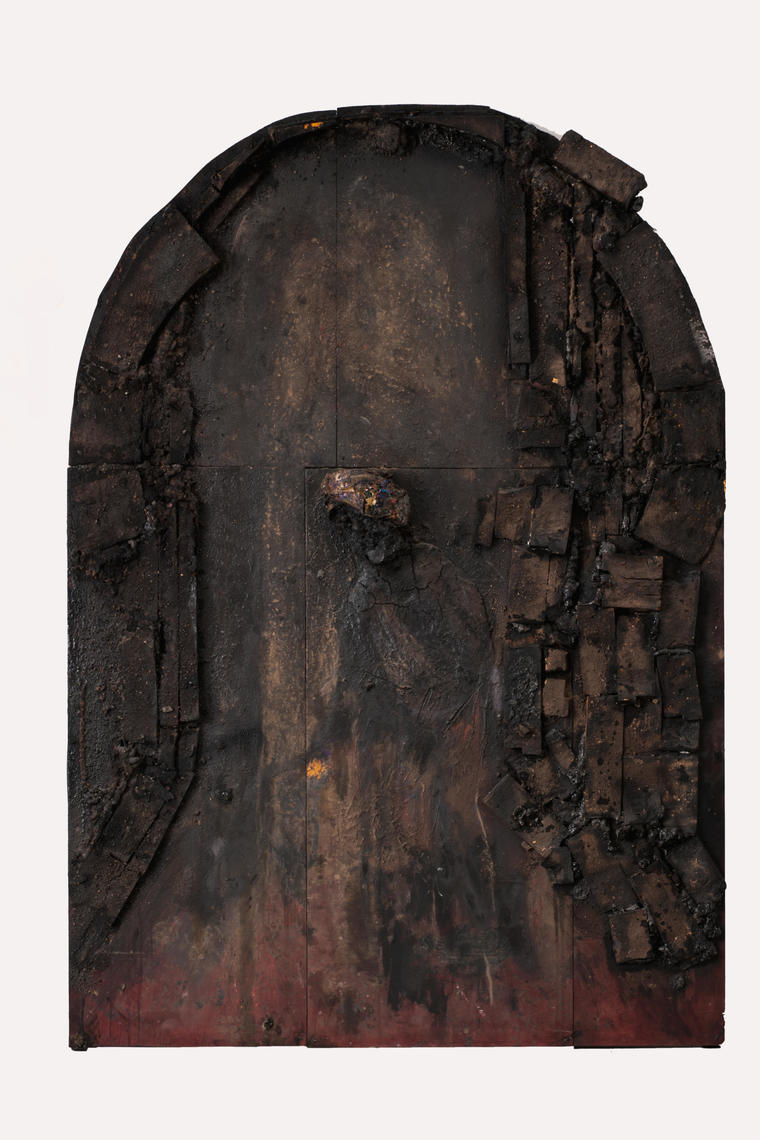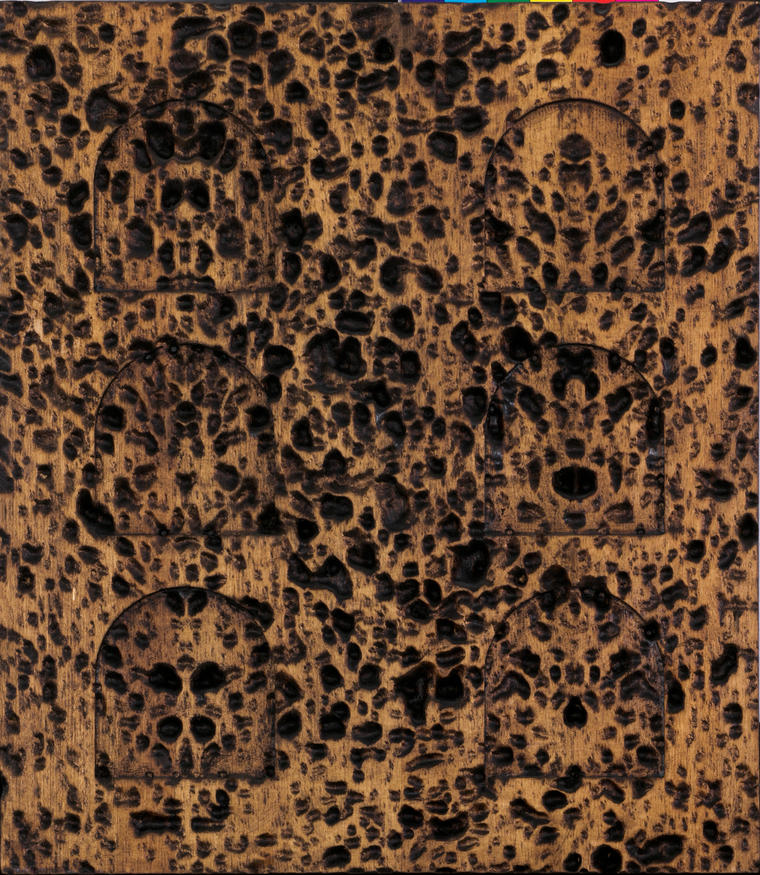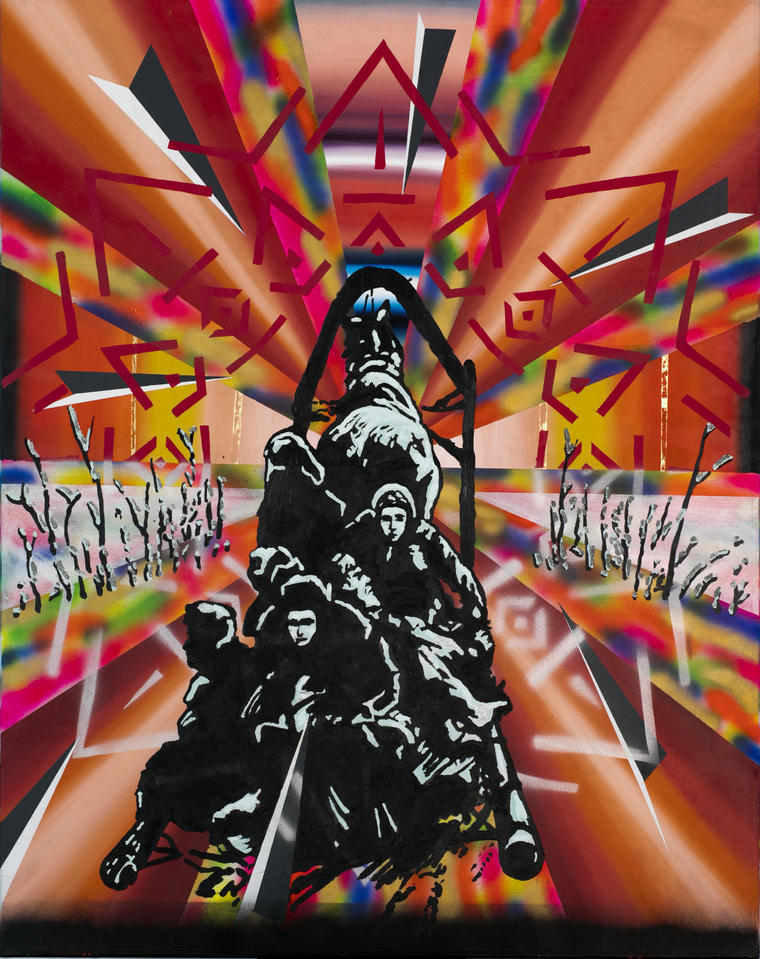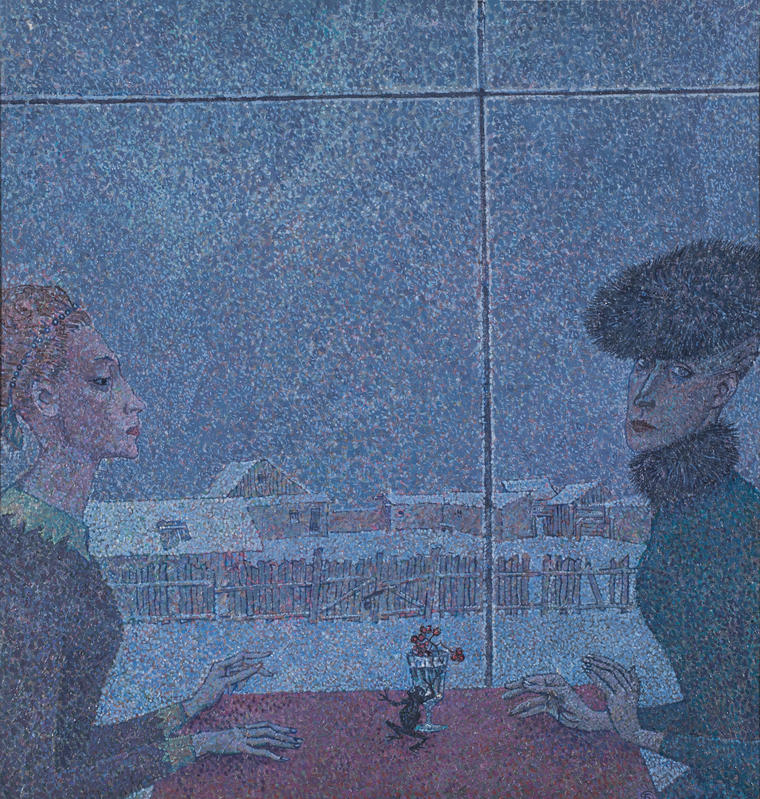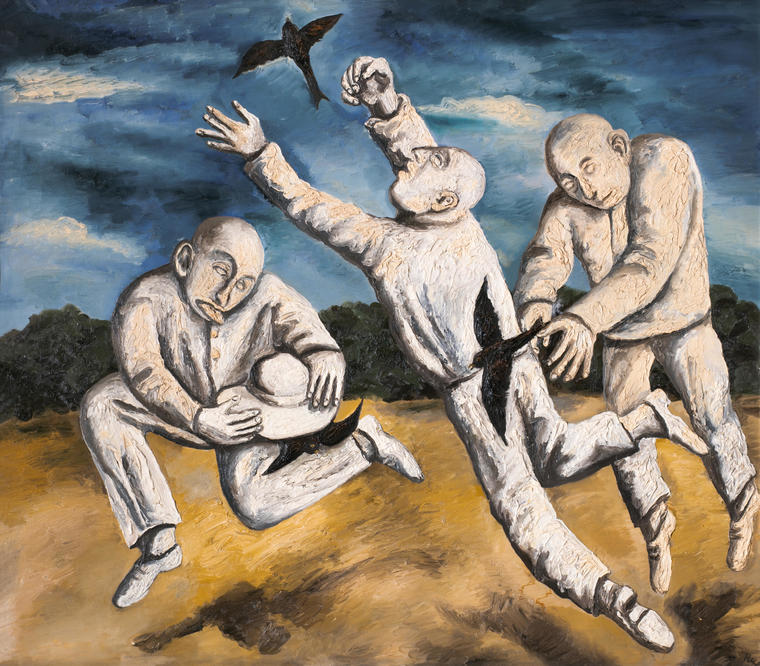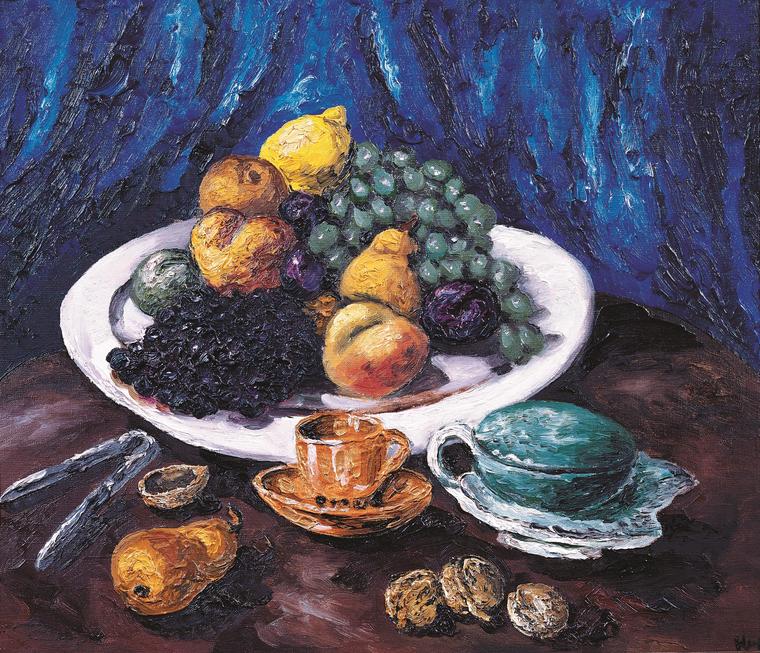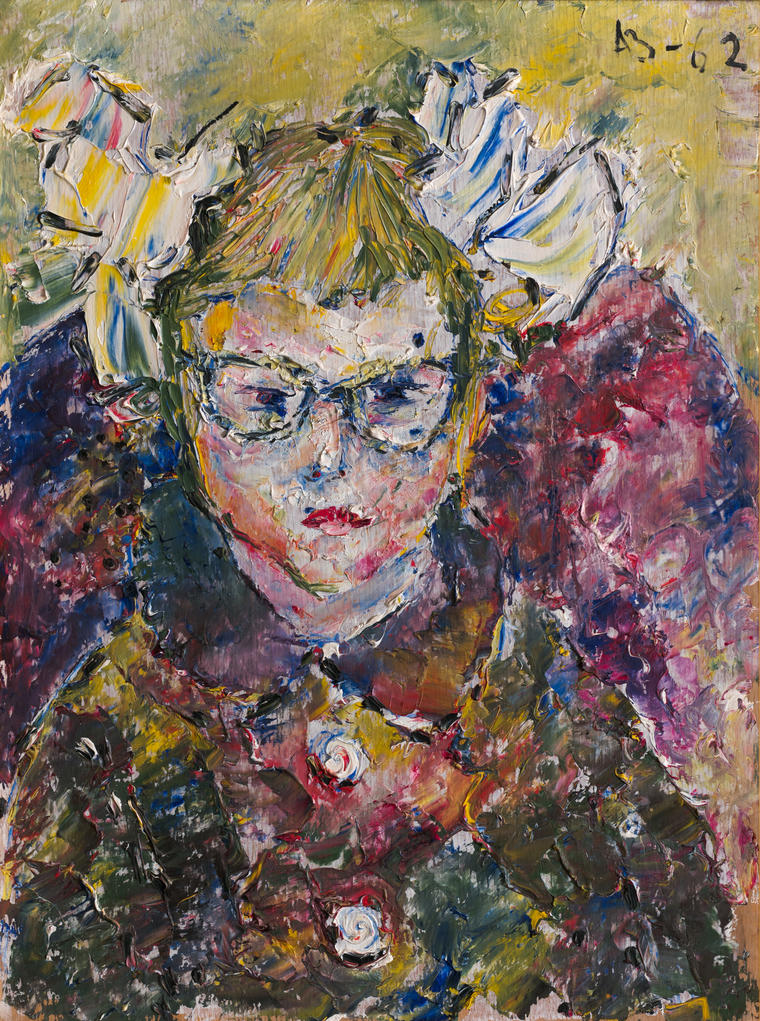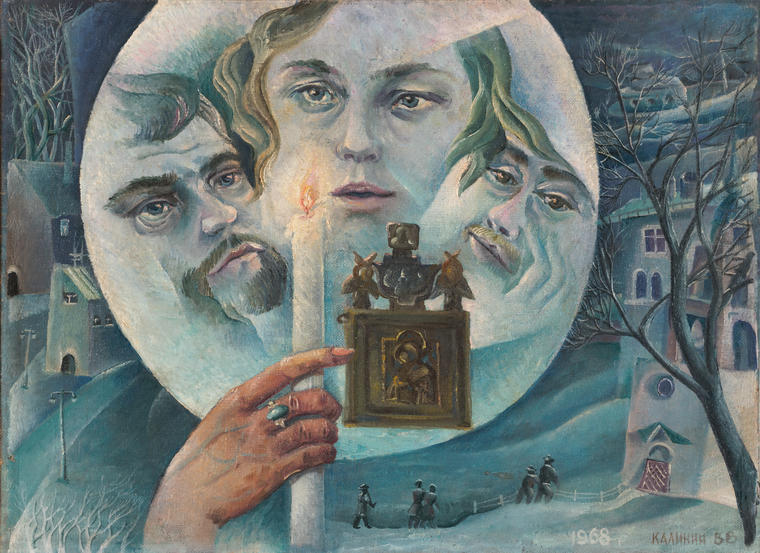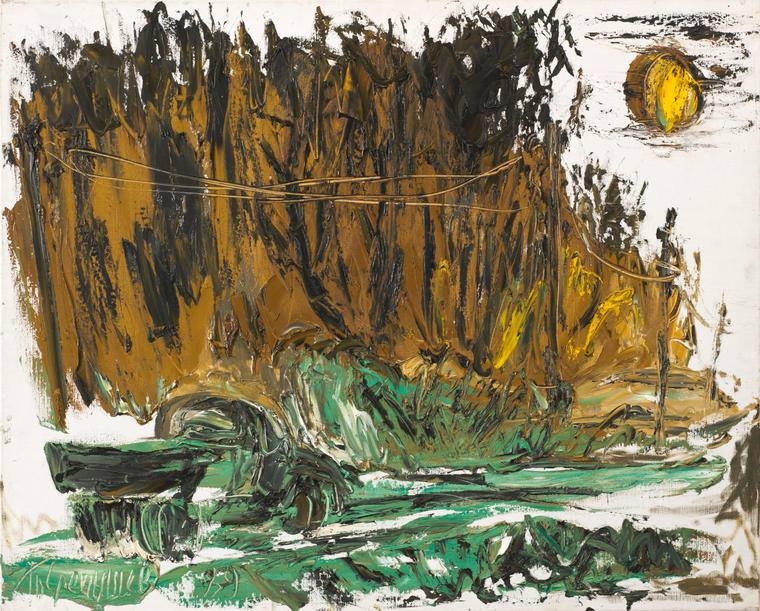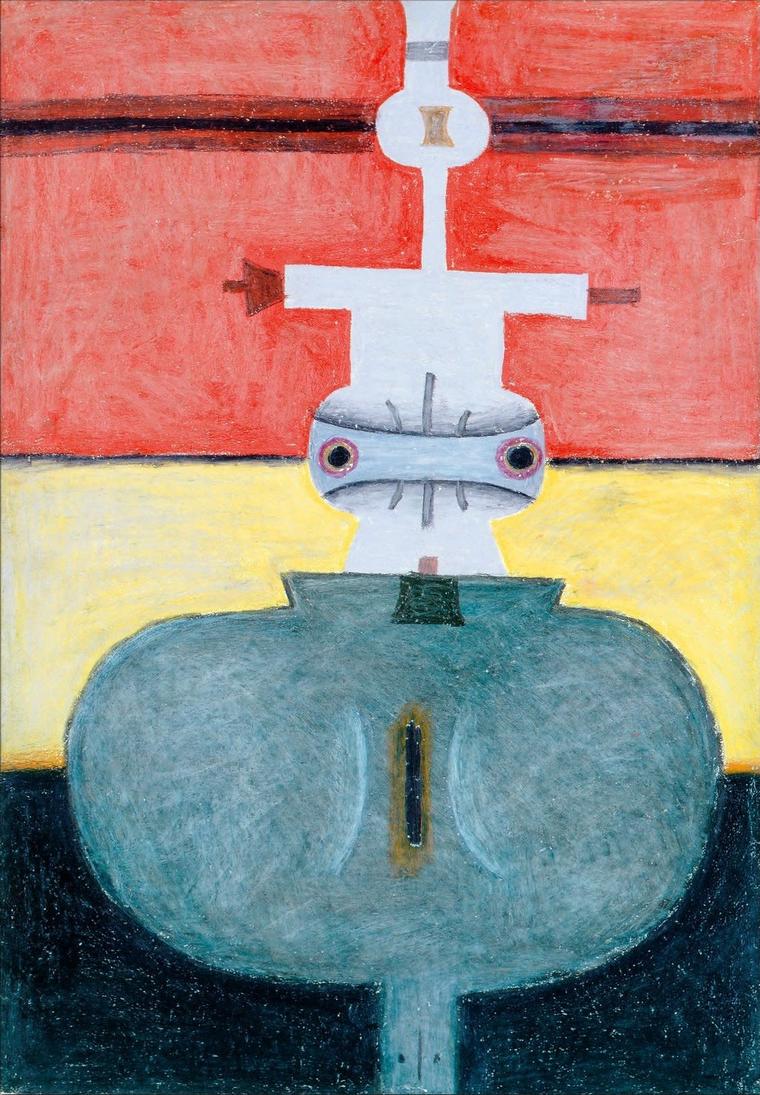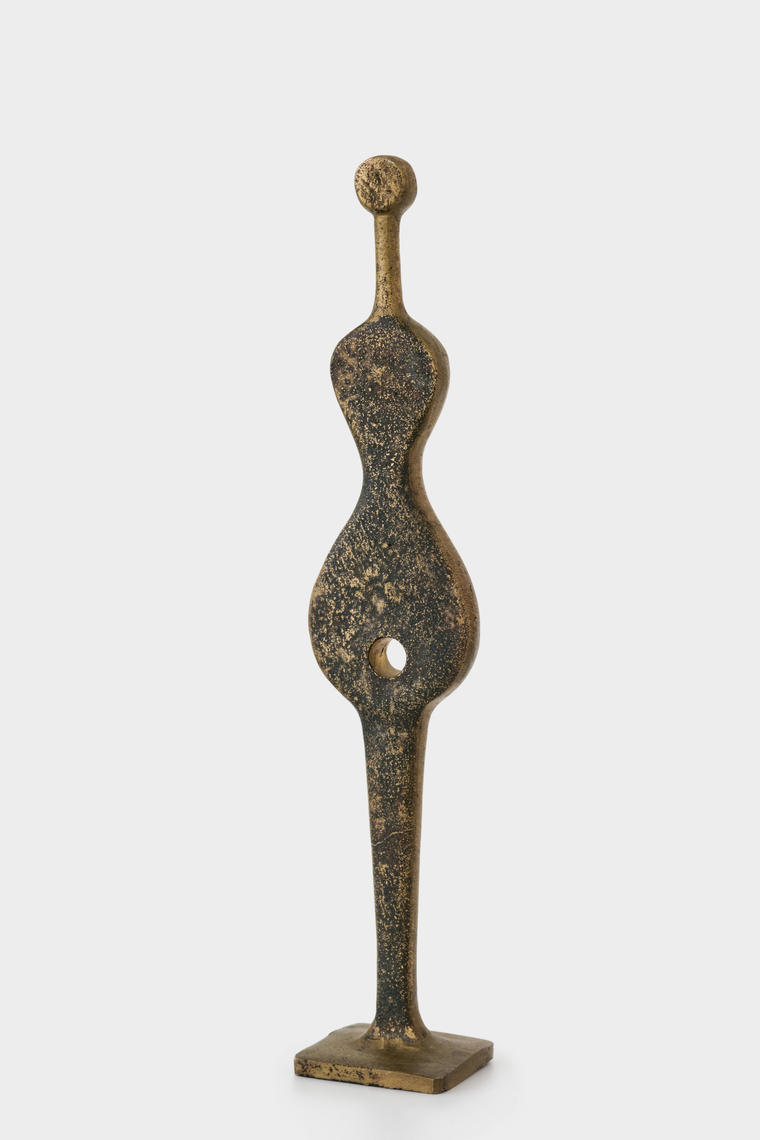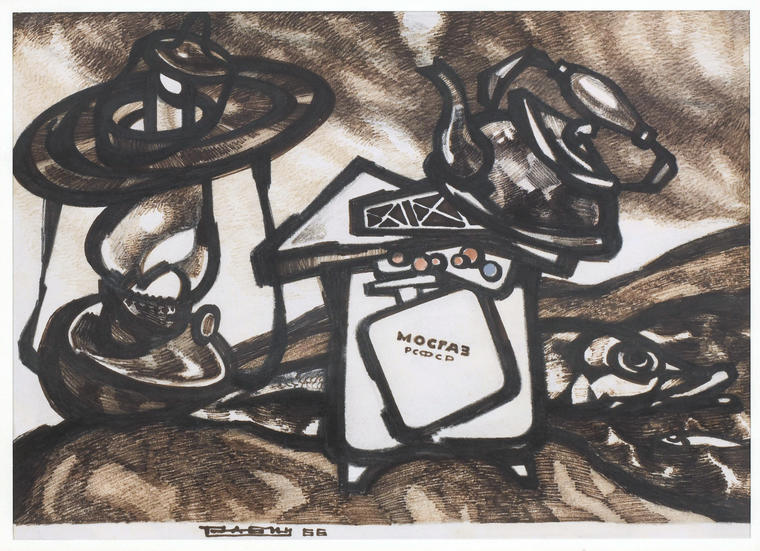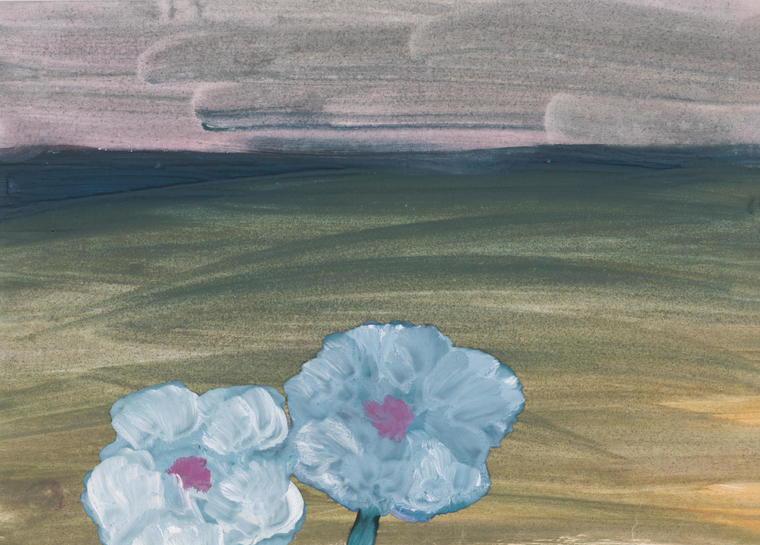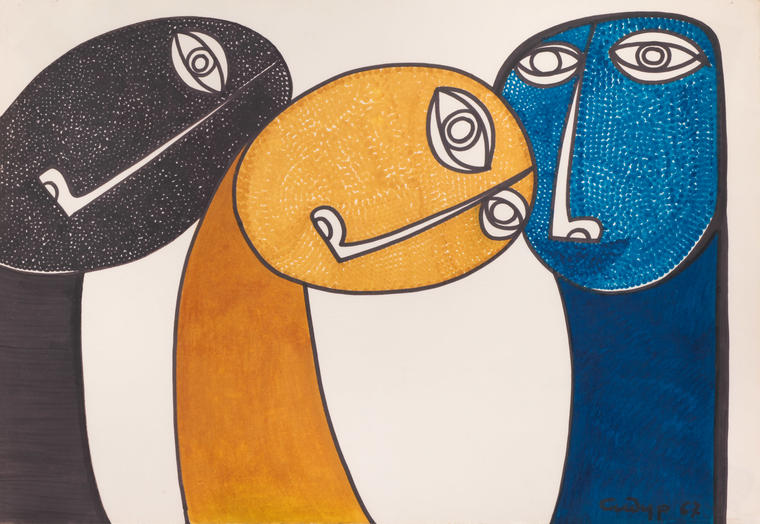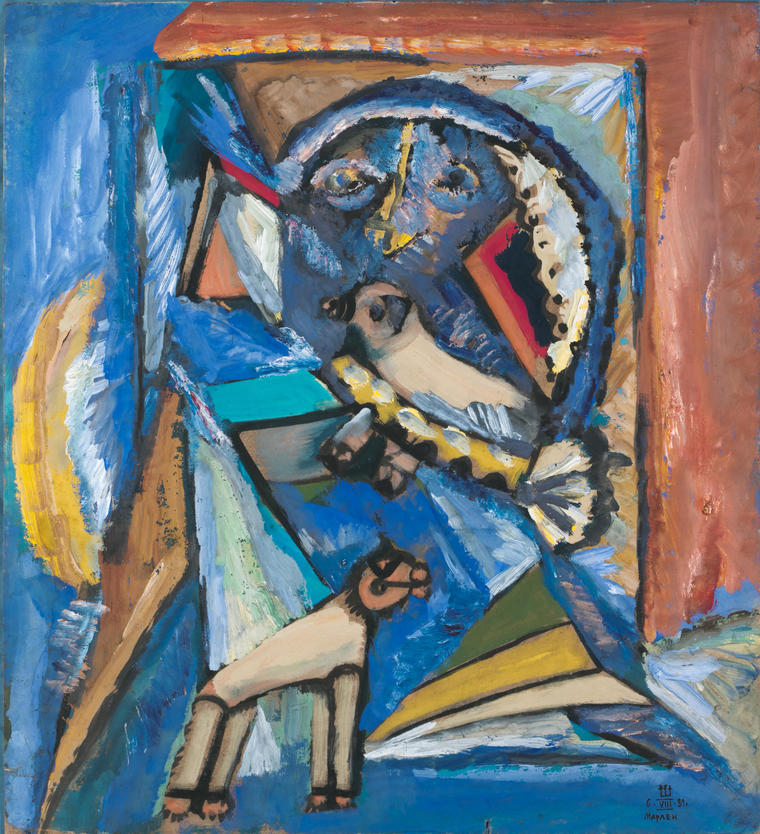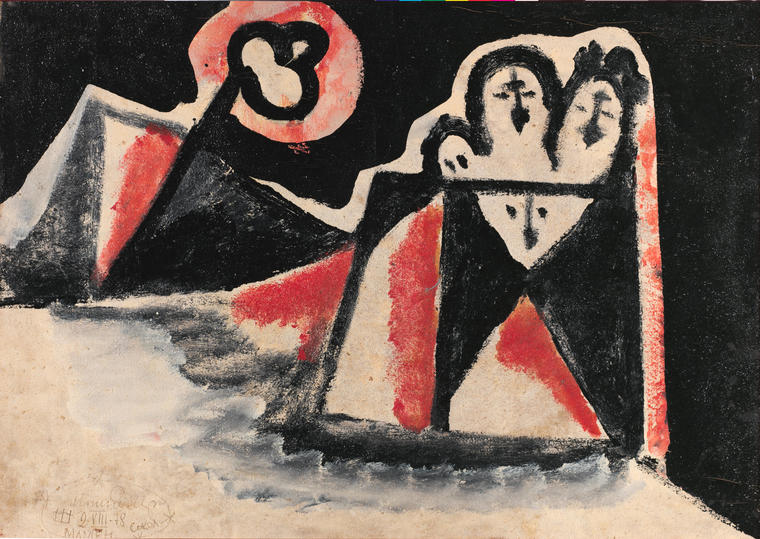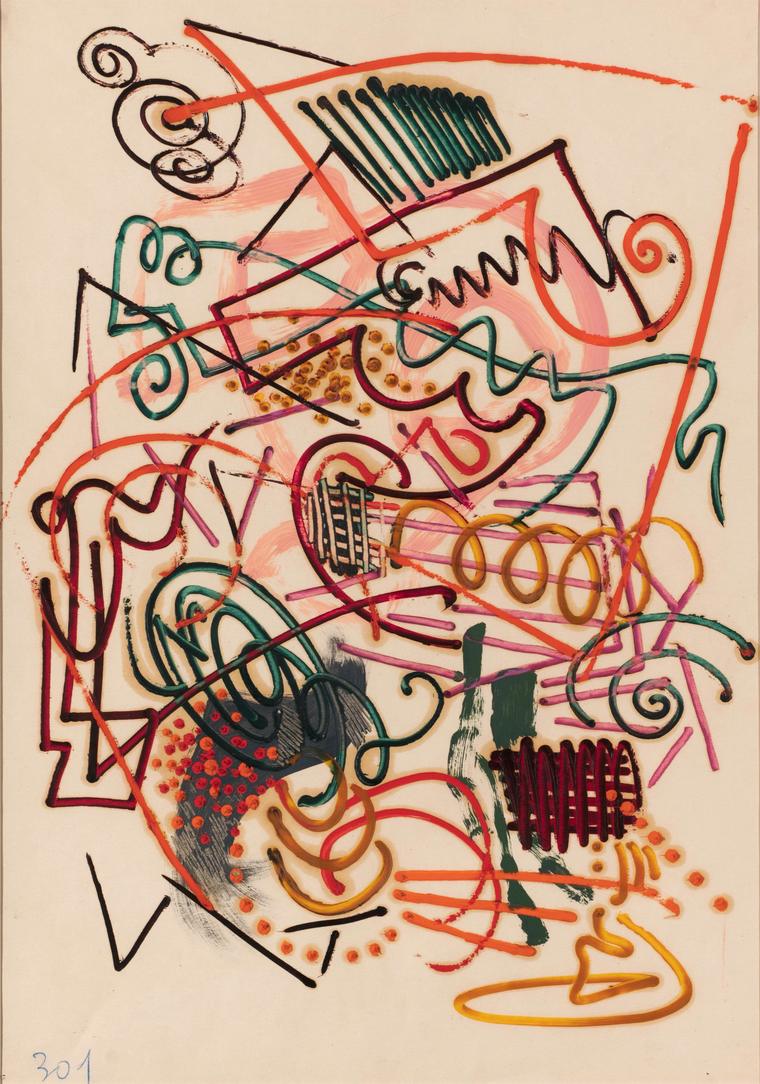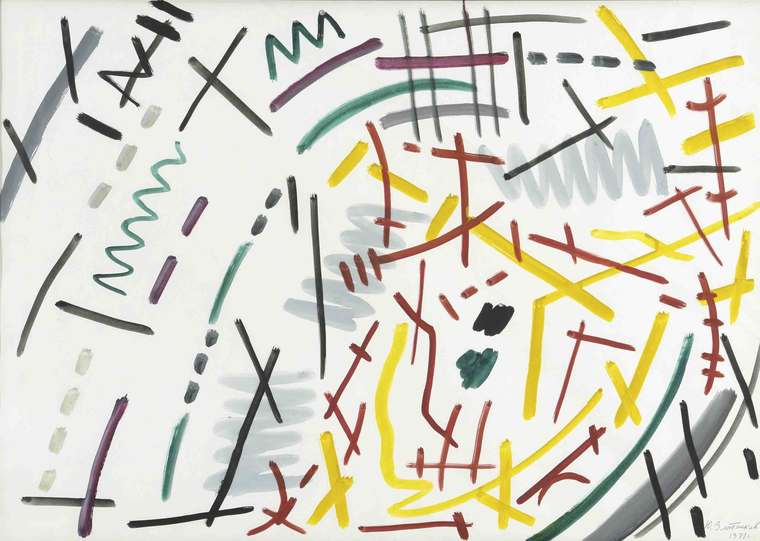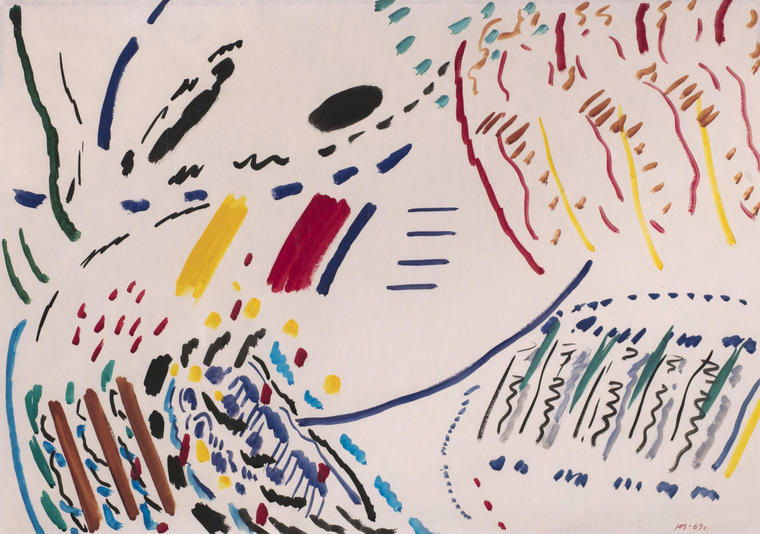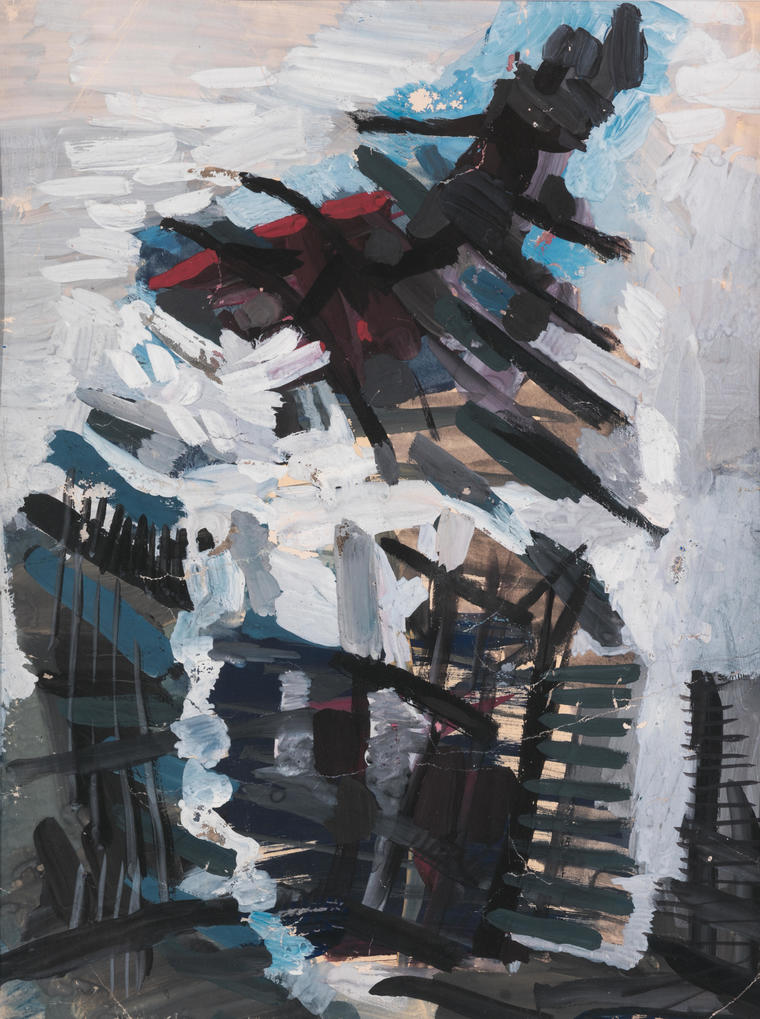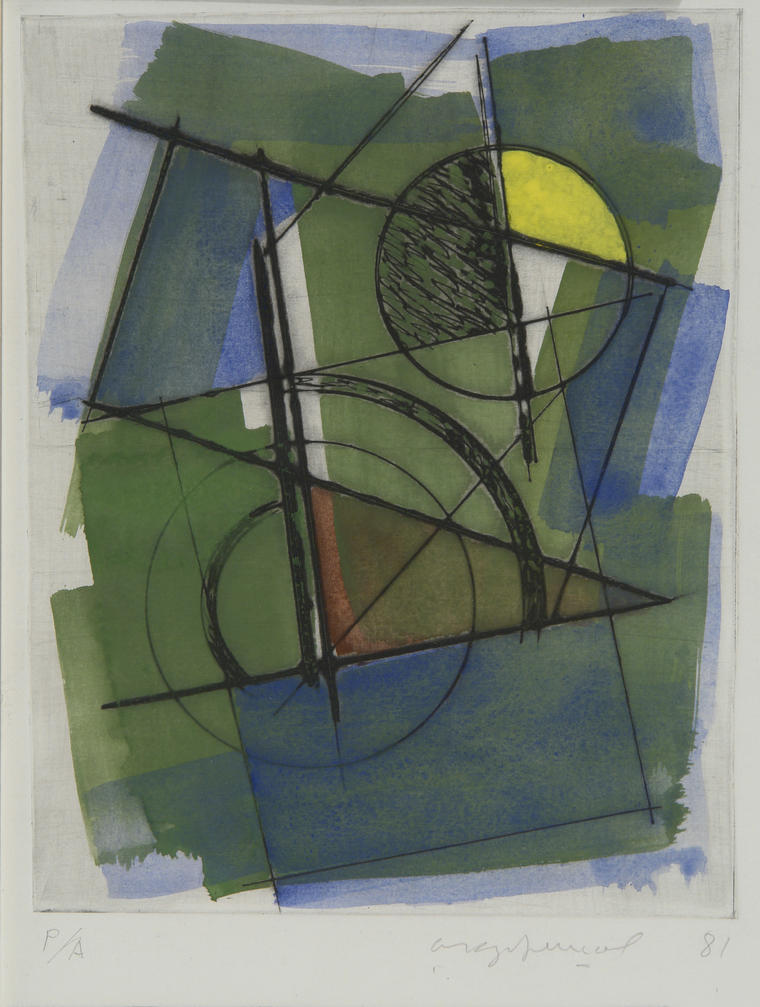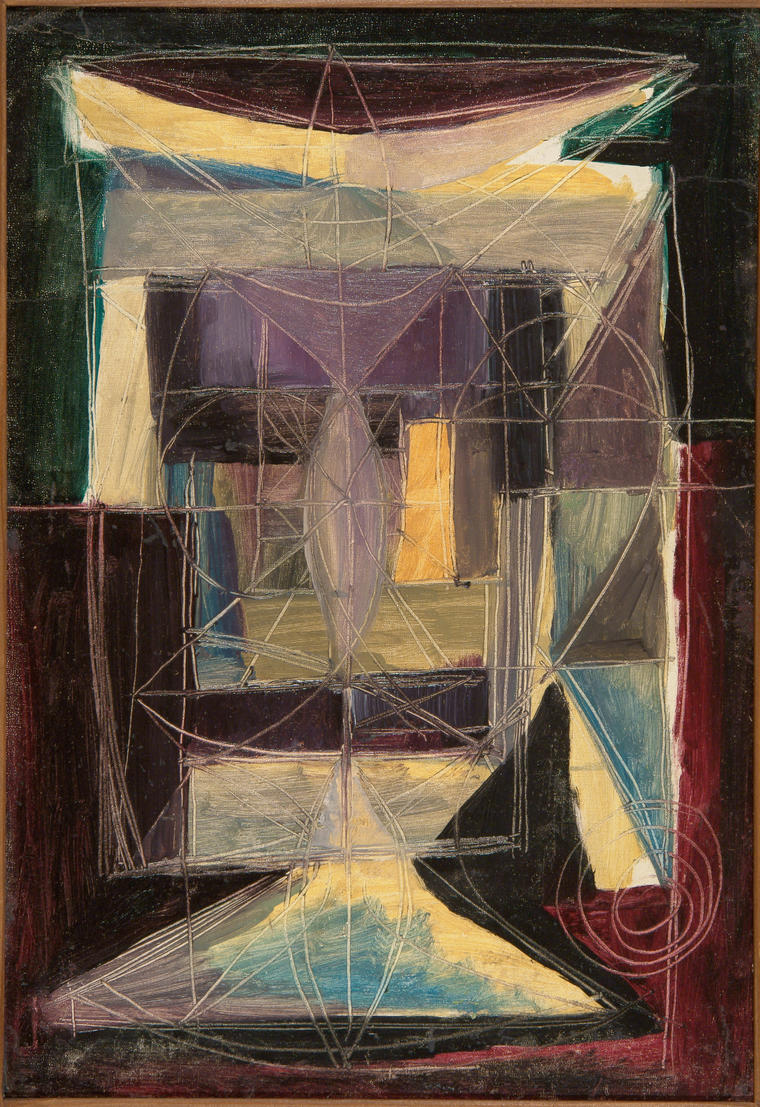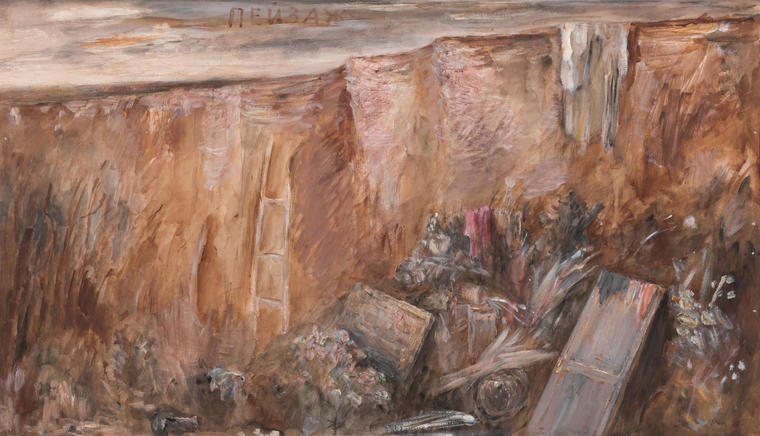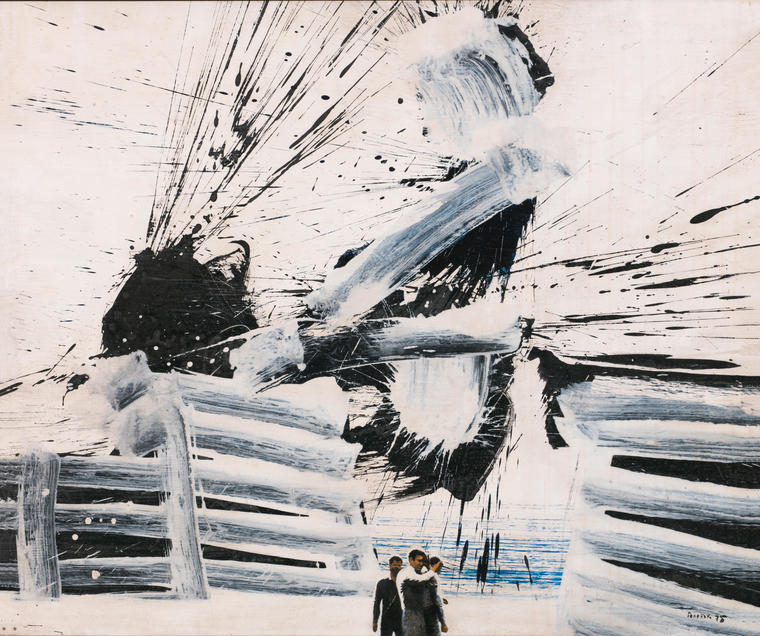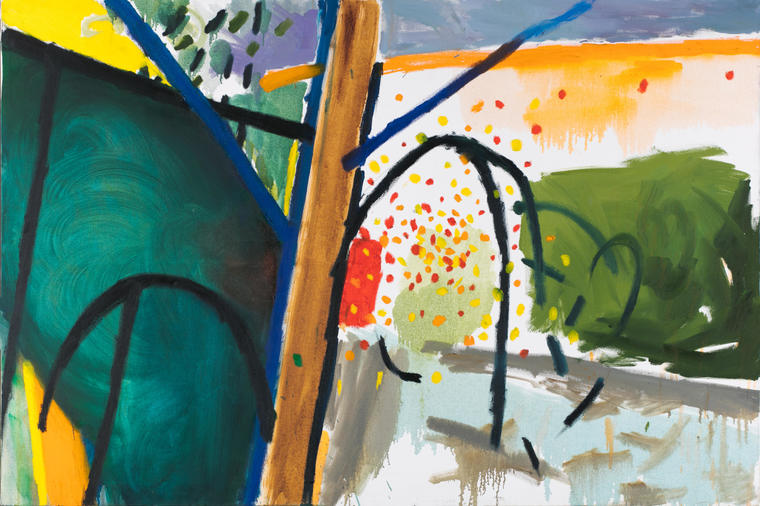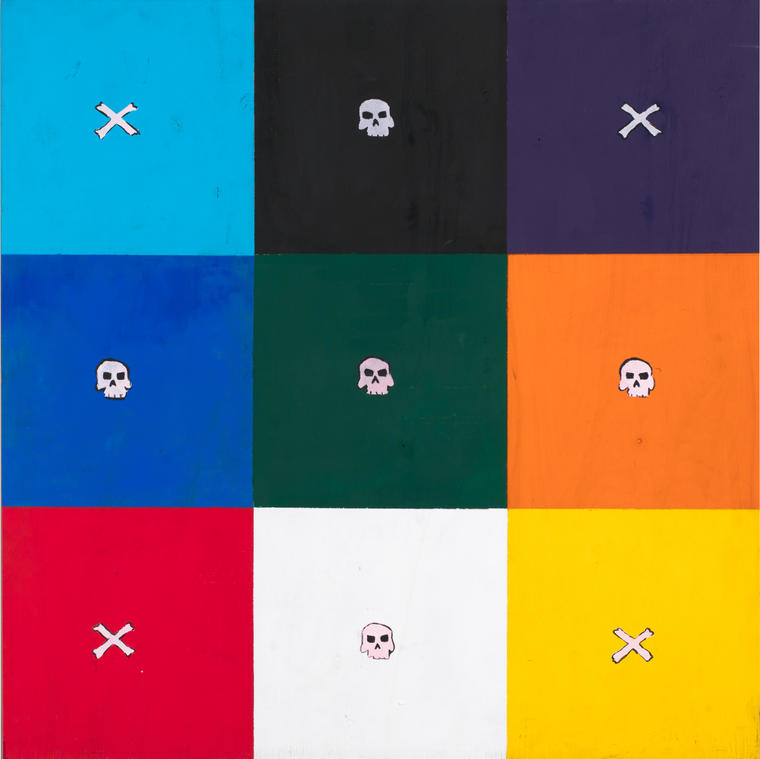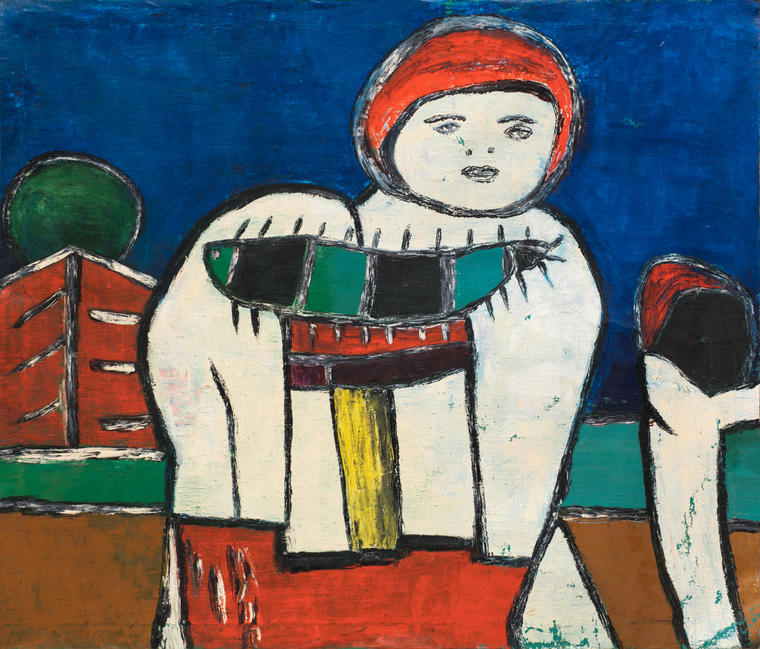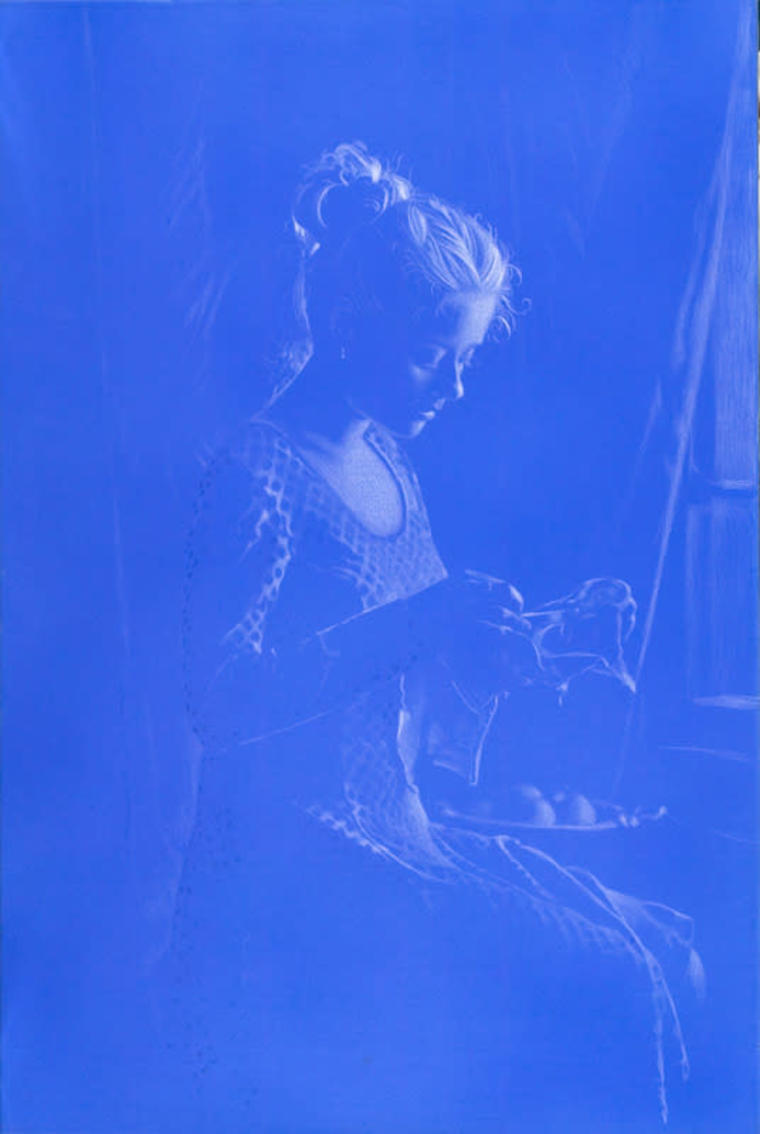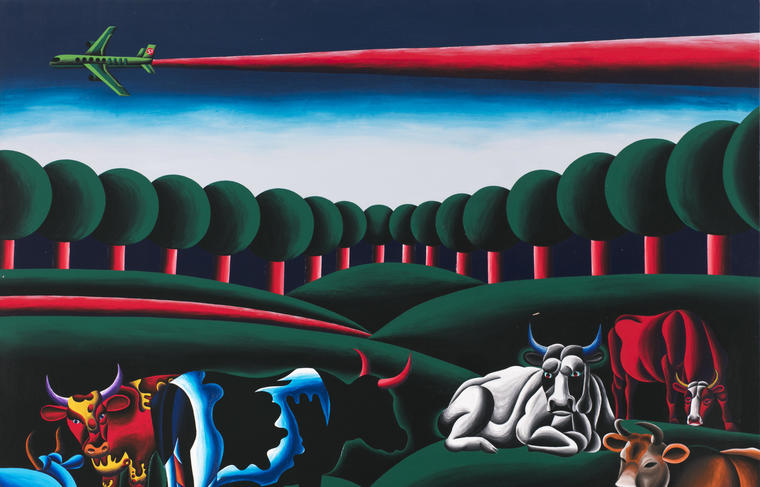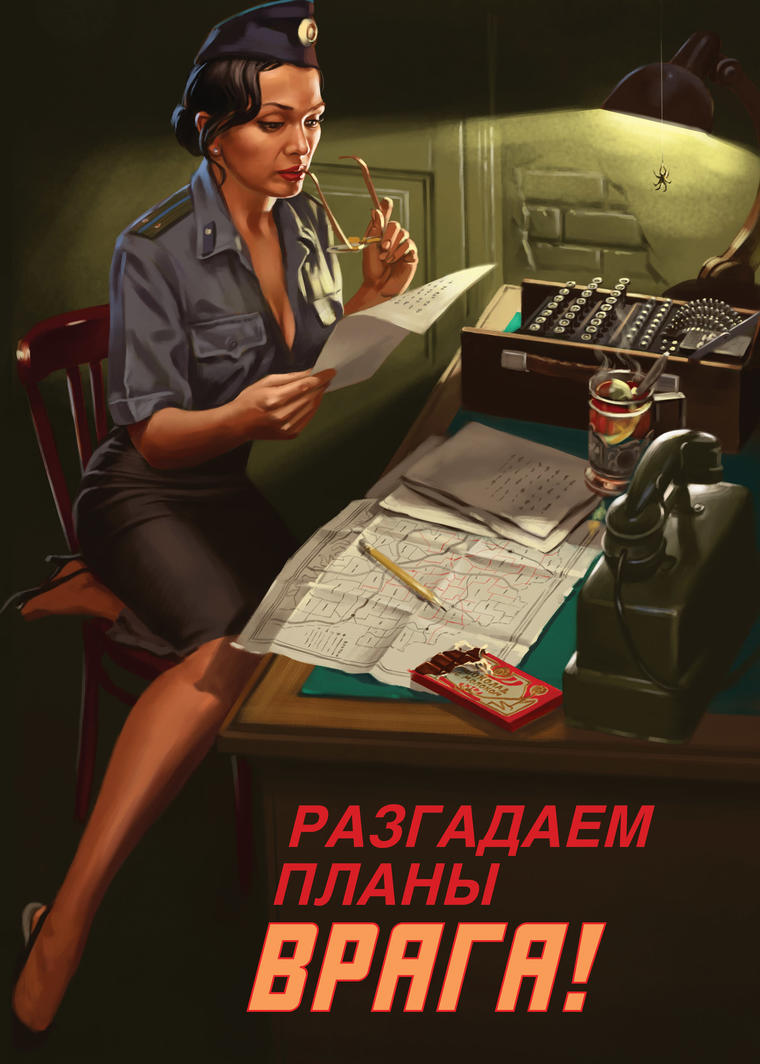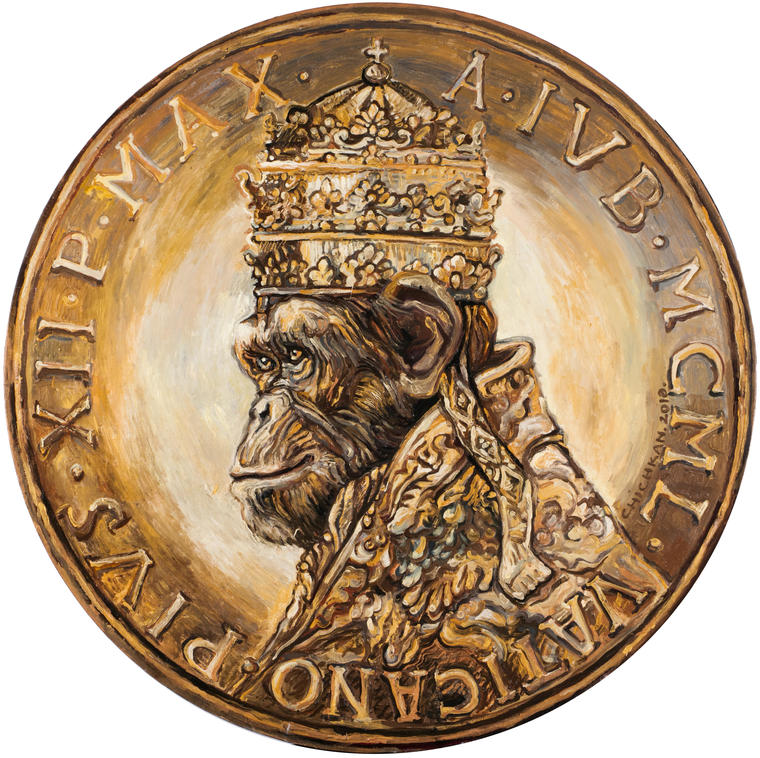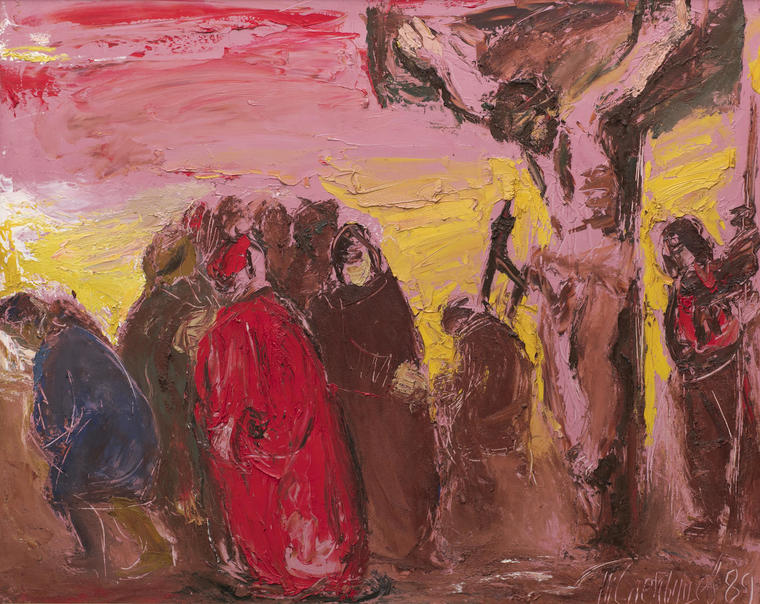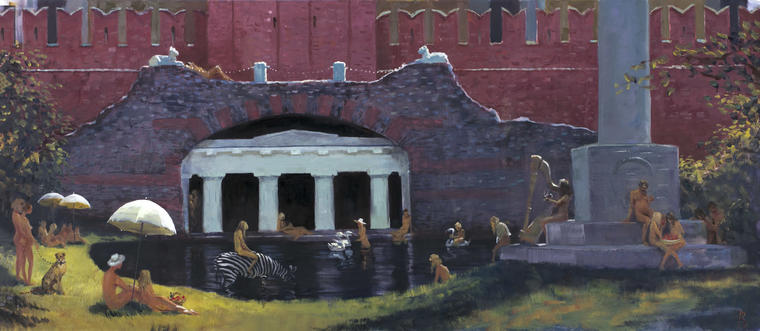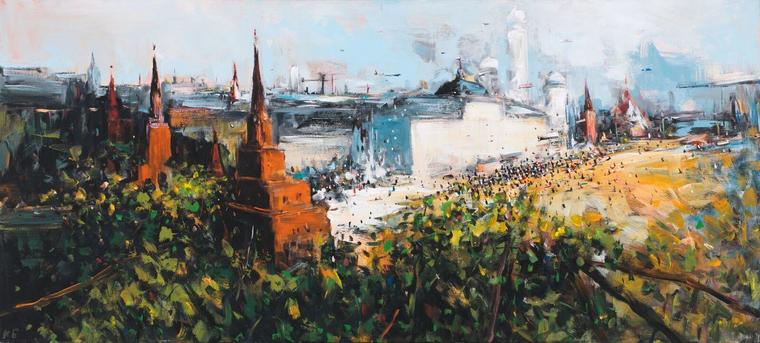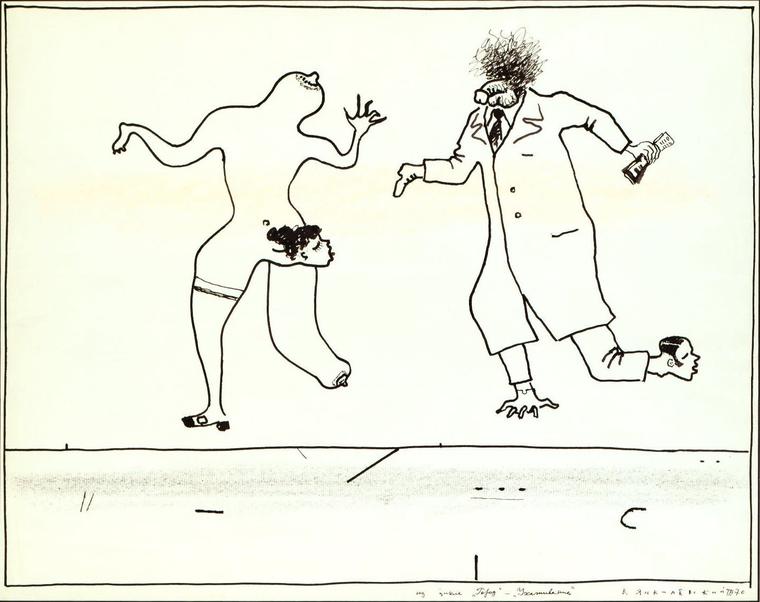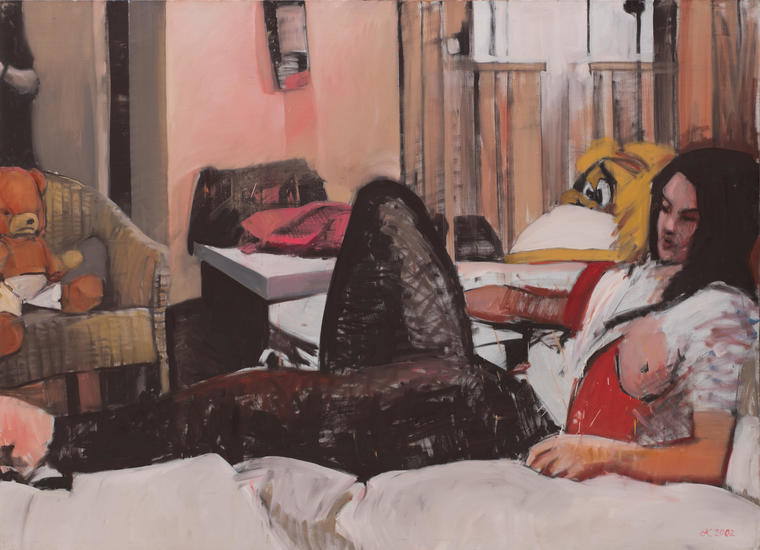Auction has ended
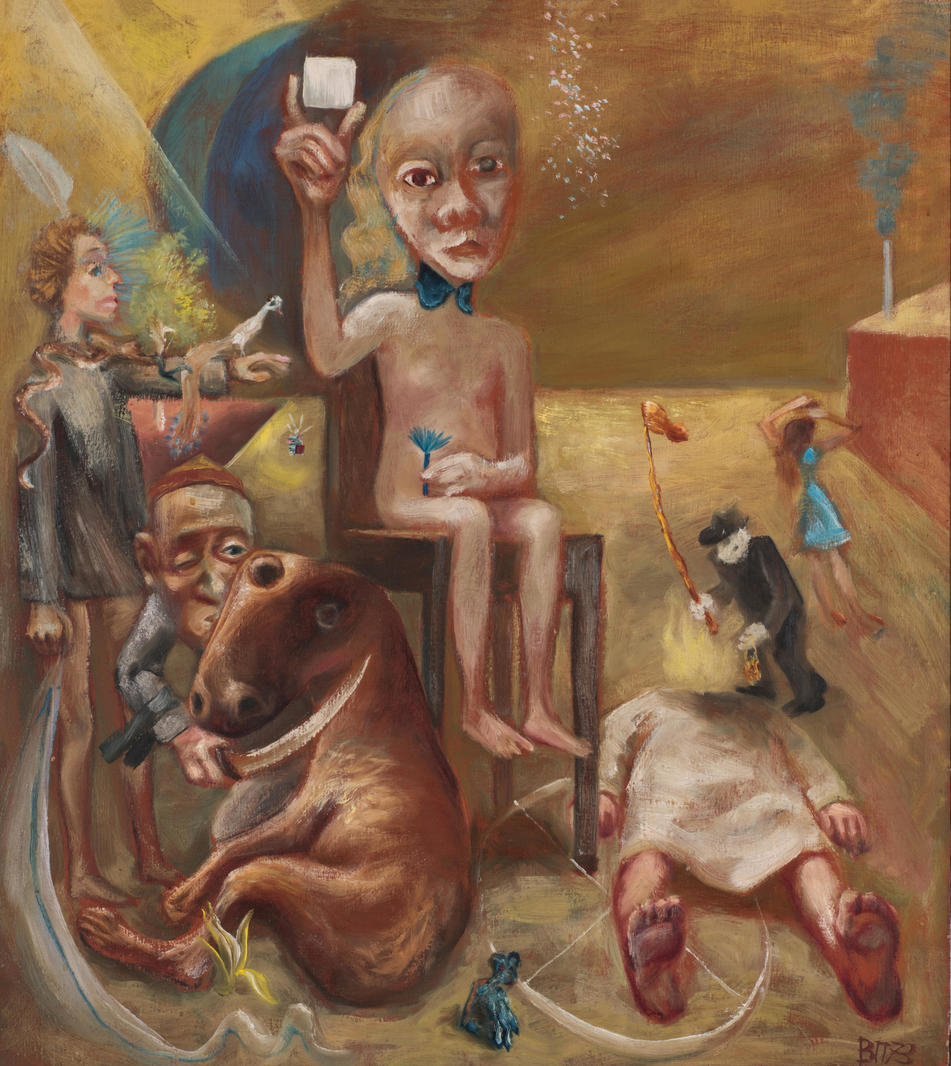
Mysterious images living in the metaphysical space of Pyatnitsky's works may be related to his belonging to the philosophical and mystical intellectual circle of the writer Yuri Mamleev, where occultism and alchemy were practiced, and the cult of «sacred madness» was sung as well. Besides Pyatnitsky, Heinrich Sapgir and Vanechka Erofeev, the artists Vladimir Yakovlev and Vladimir Kovenatsky were also members of the so called «Yuzhin circle». A small circle of his own students was later formed around Pyatnitsky. Among them – Alexey Paustovsky, the author of drawings of patients from a psychiatric hospital, and Vladimir Titov, who illustrated the phantasmagoric poem by Venedikt Erofeev «Moscow-Petushki». A big and asexual creature sitting in the center of the picture on a high chair, as if on a throne, holds a white cube in its raised hand as a symbol of purity, like an alchemical element that allows one to rise above a world full of strange gloomy visions. But knowing about Pyatnitsky's experiments with alcohol and forbidden substances, one can assume that this world of insane images is engendered by an altered consciousness under the influence of the white «symbol of purity».
Here the metaphysics of De Chirico seems to be obvious. As in many canvases by the Italian master, we see a conditional empty space, an extended diagonal of the wall of a building, on the roof of which Pyatnitsky depicts a tall pipe – also a characteristic image. It is possible that the image of a girl in a dress with a bell-skirt appearing on the right side of the picture was also borrowed from De Chirico. A figure of a running girl, who rolls a metal hoop in front of her (a popular children's play in the early 20th century), is depicted in De Chirico's painting the «Melancholy and the mystery of the street» in 1914. We see the same hoop lying in the foreground in the painting by Pyatnitsky. The figure depicted above is also a kind of reference to Italian art, but already of the Renaissance period. The lying figure, turned bare feet to the viewer, was shown in this perspective by the artist Mantegna in his famous painting «The Dead Christ» for the first time ever.
Much more detailed images of the characters on the left side of the composition are most likely personal or associated with esoteric symbols, it is difficult to give them a concrete interpretation, leaving us in a labyrinth of meanings. V
